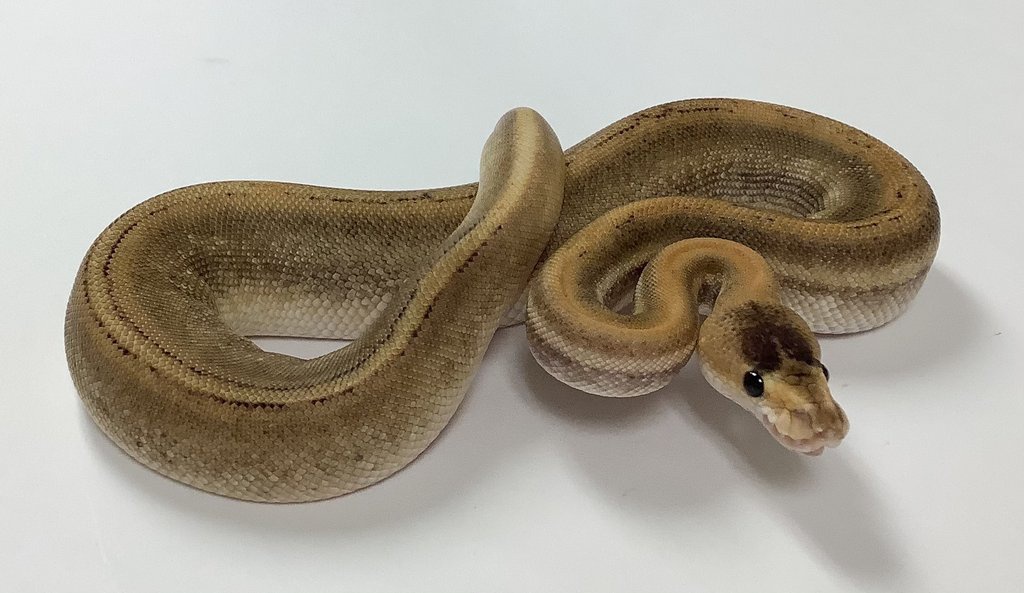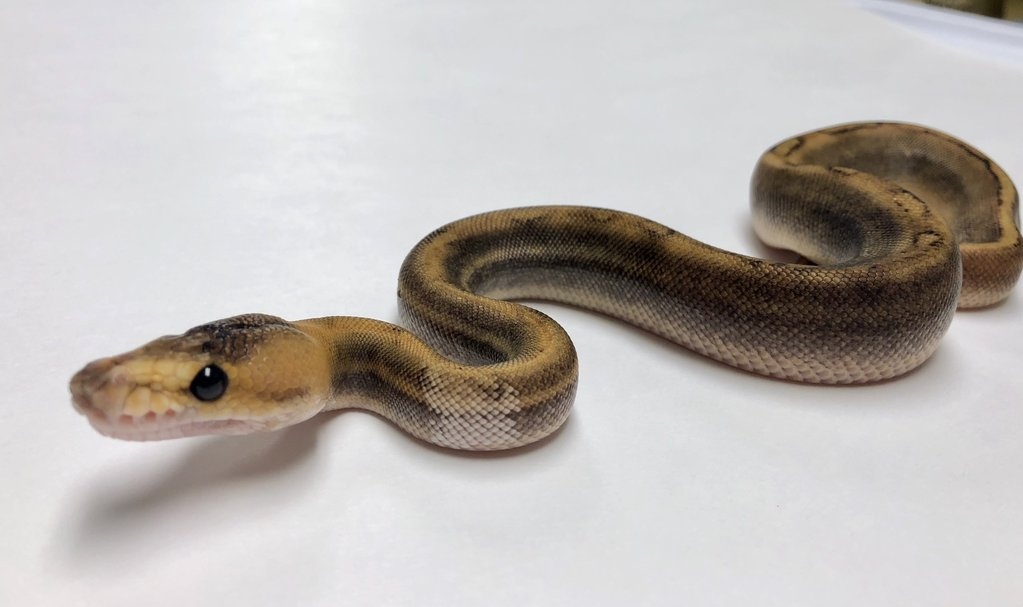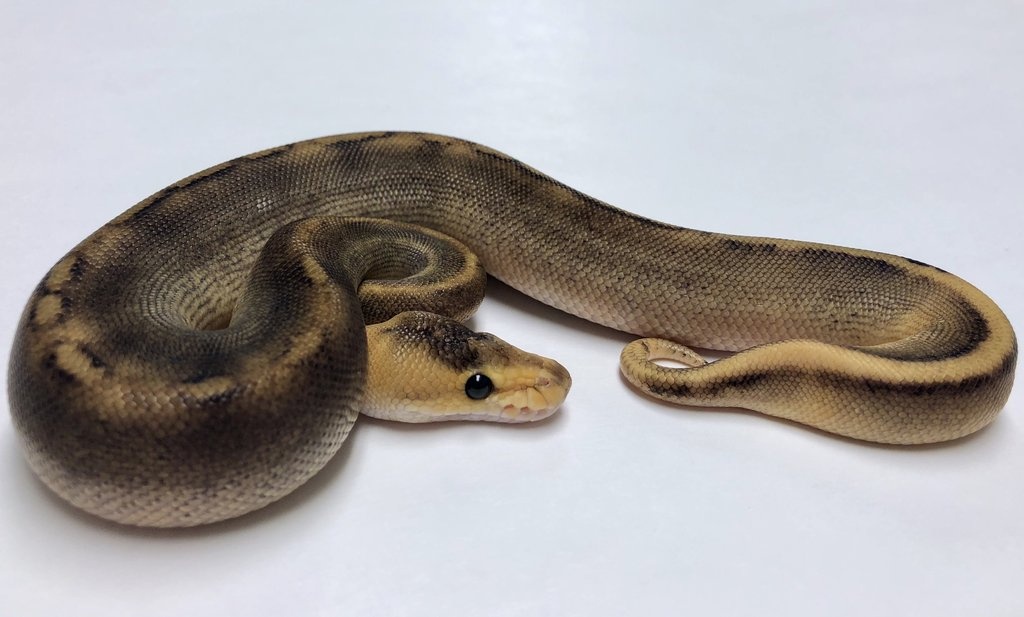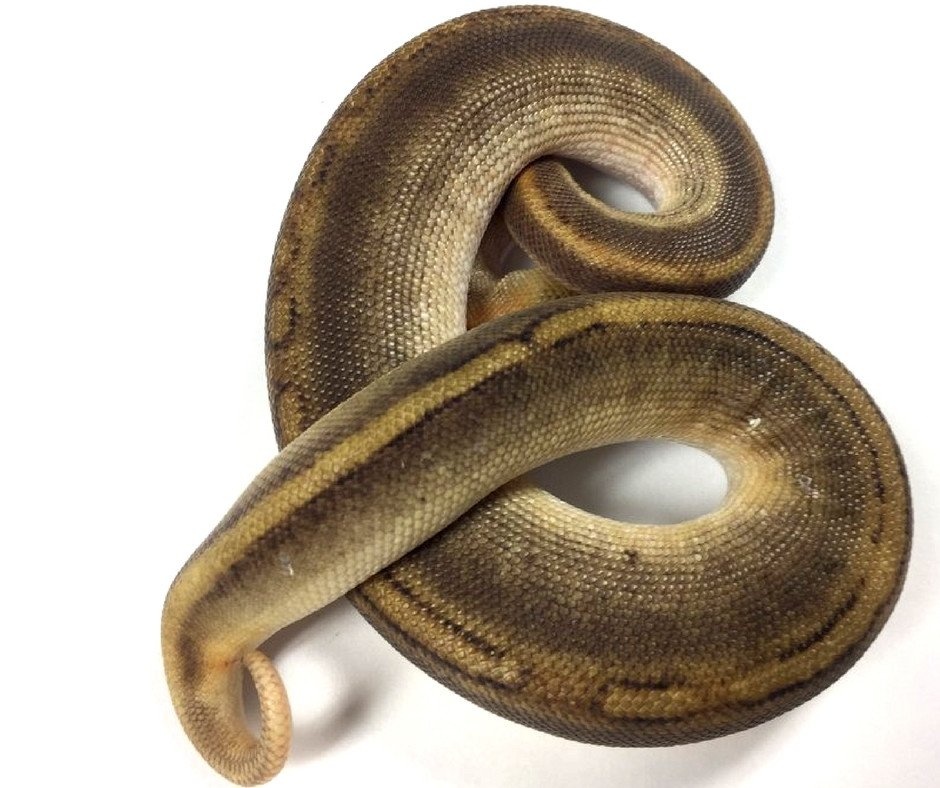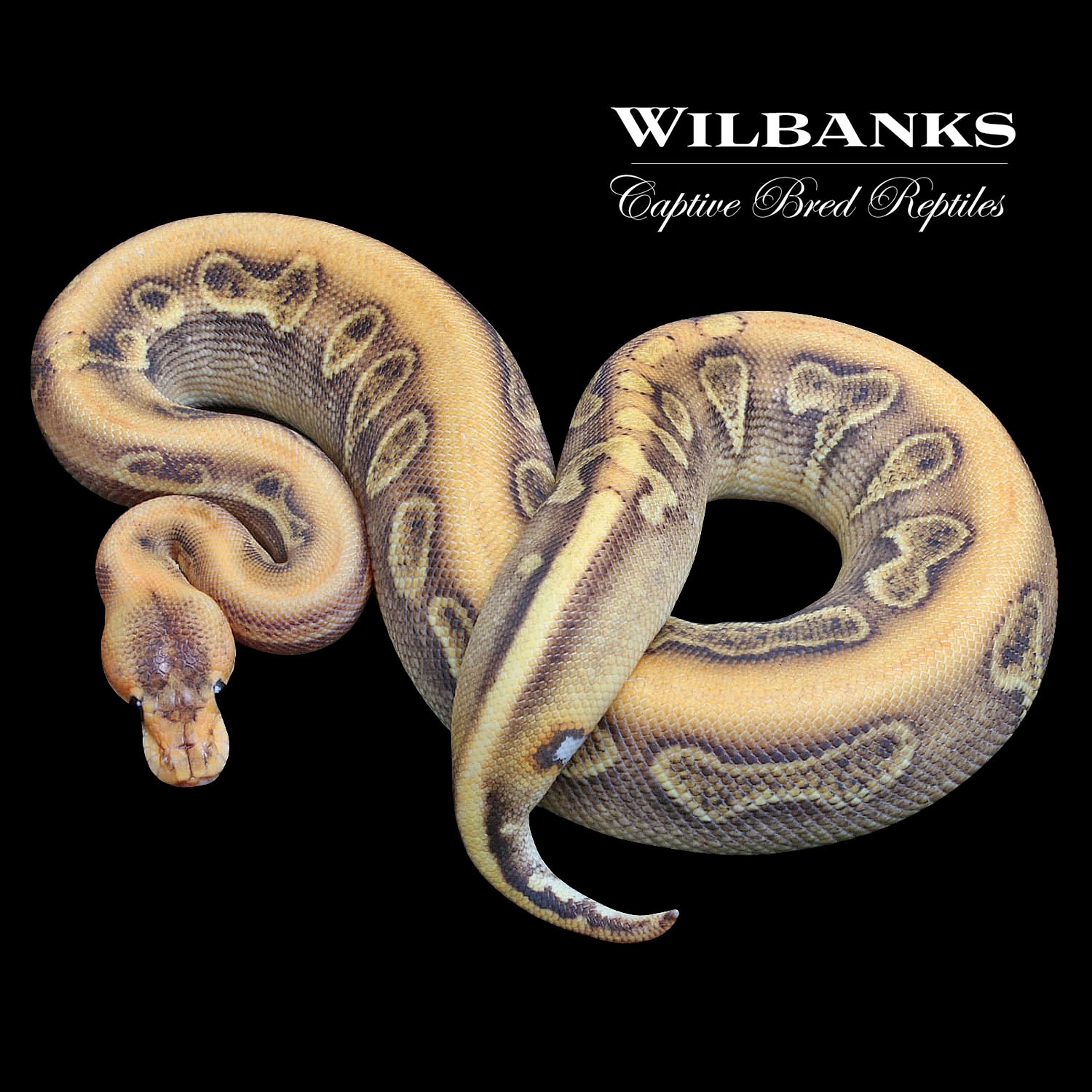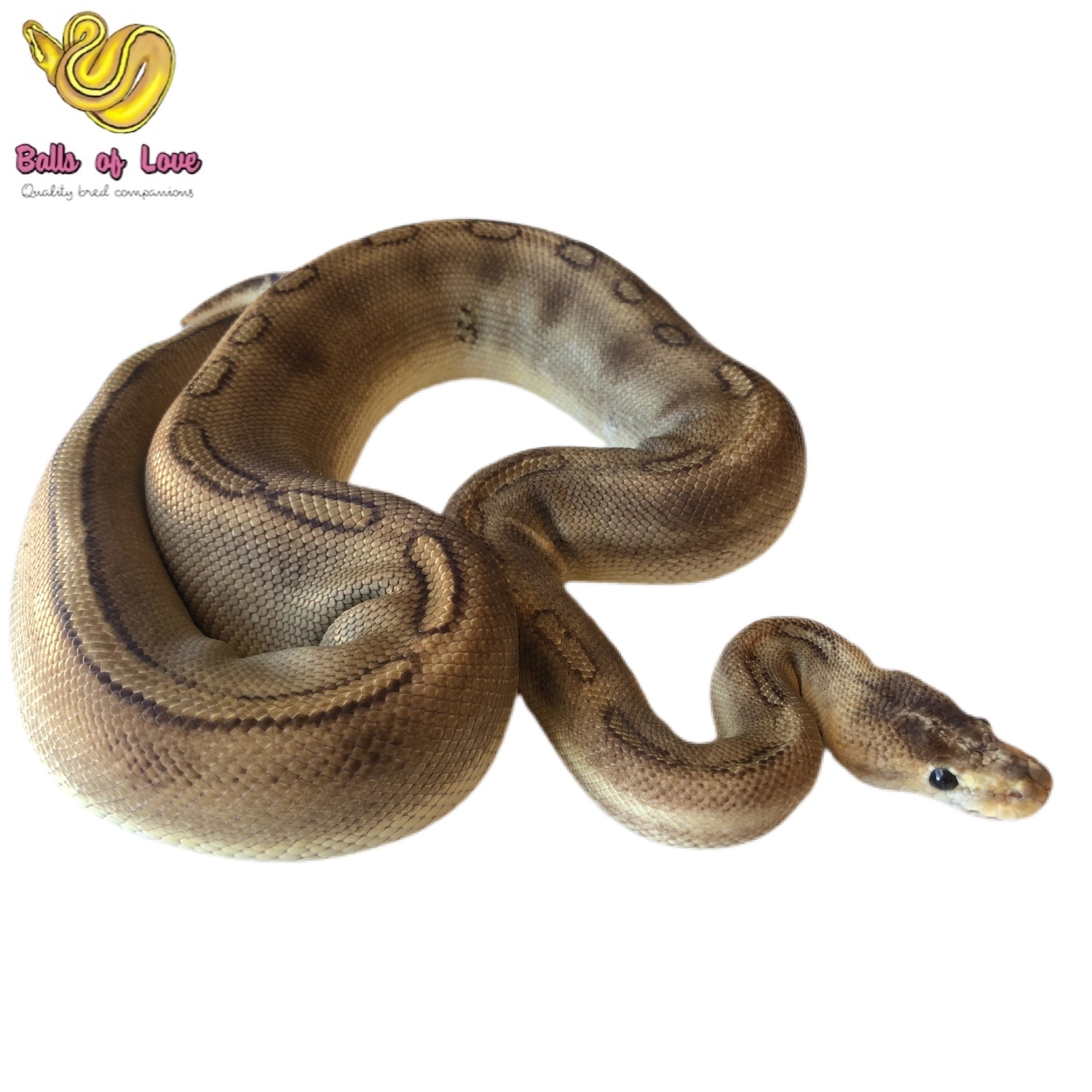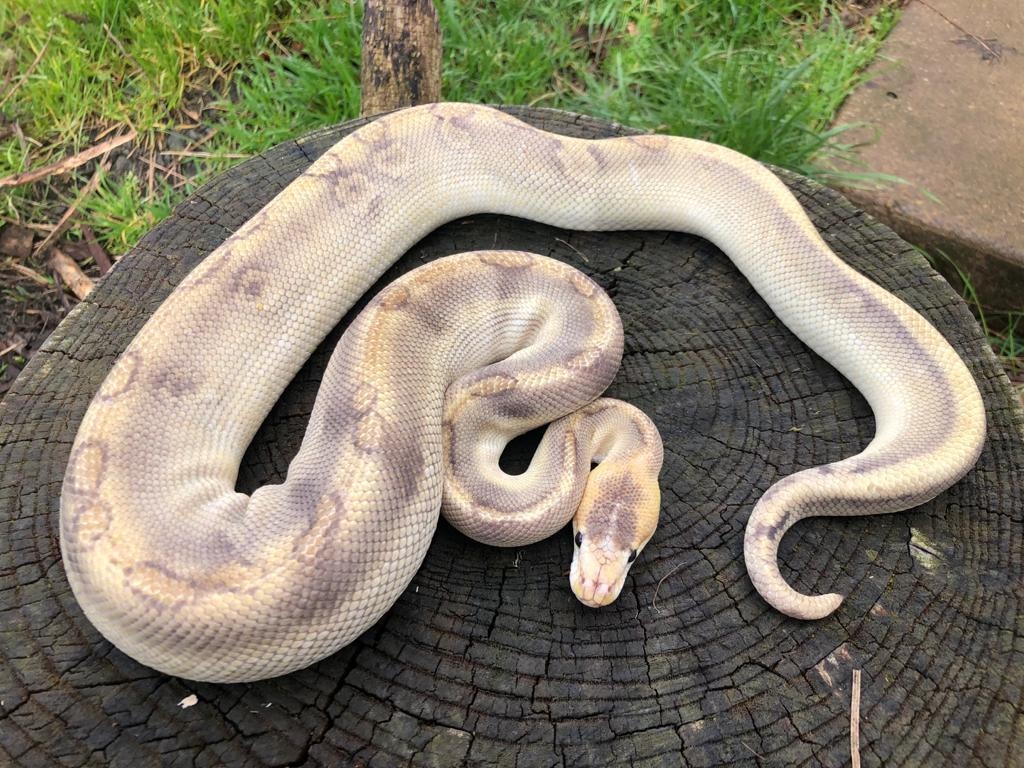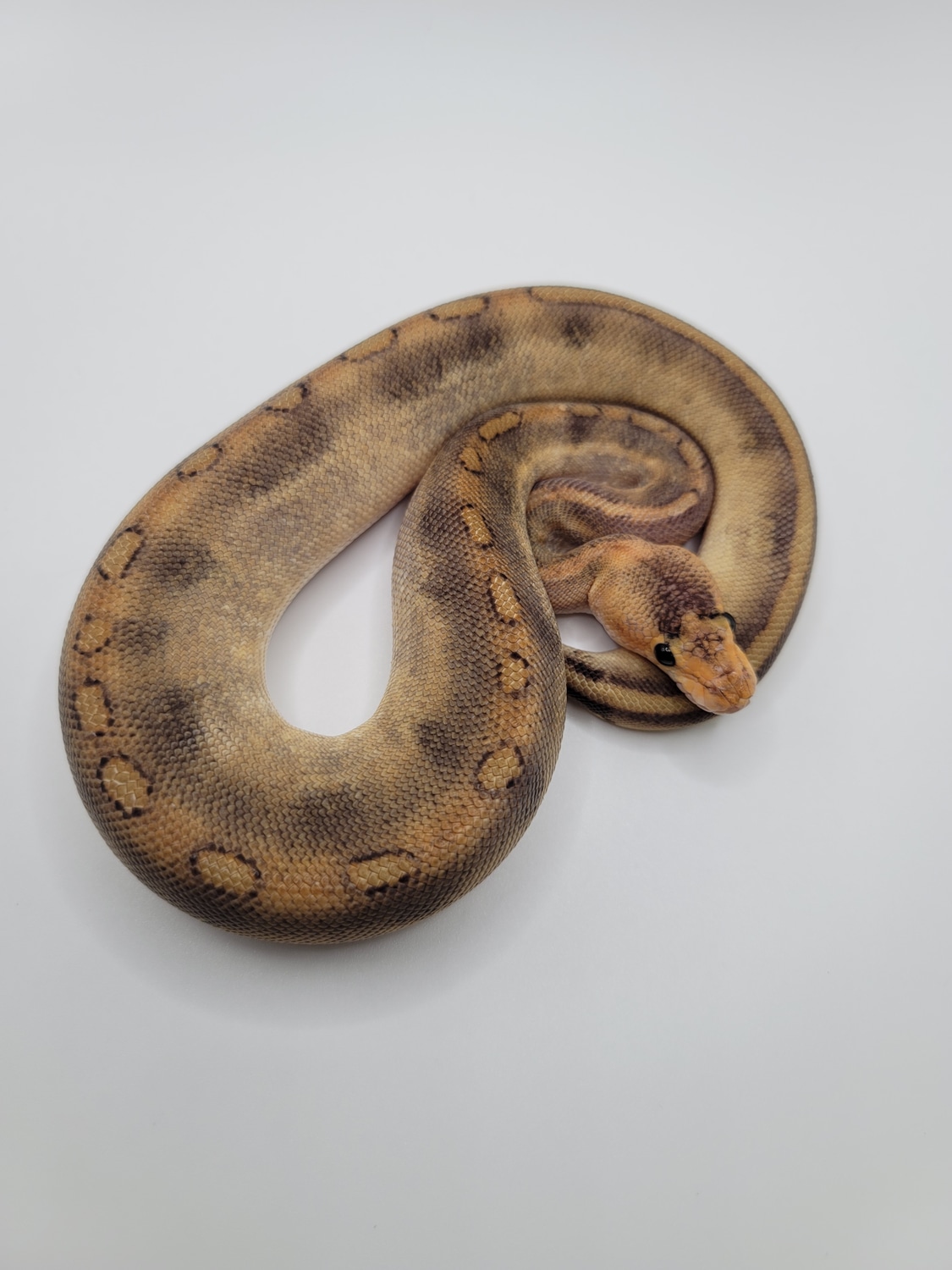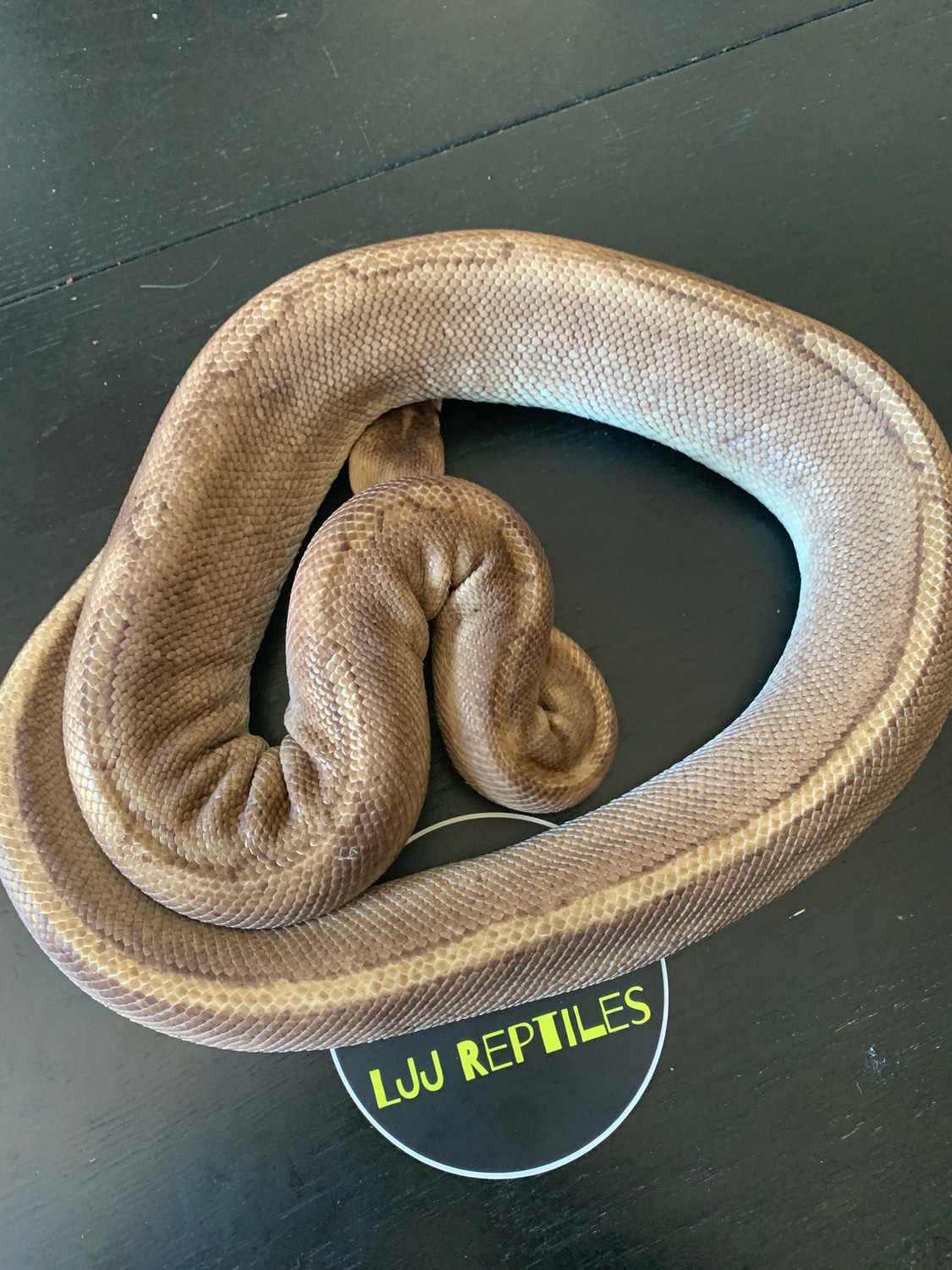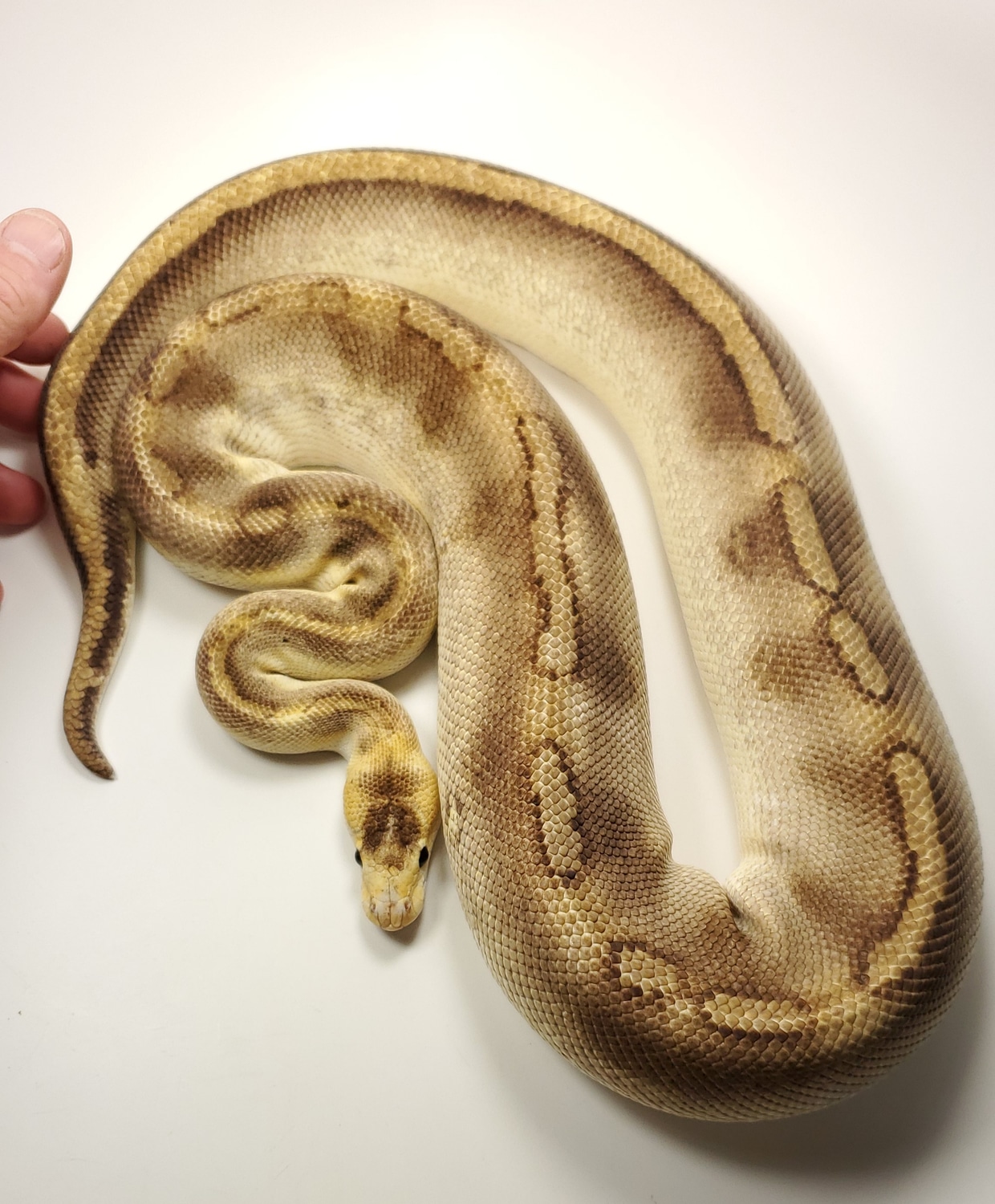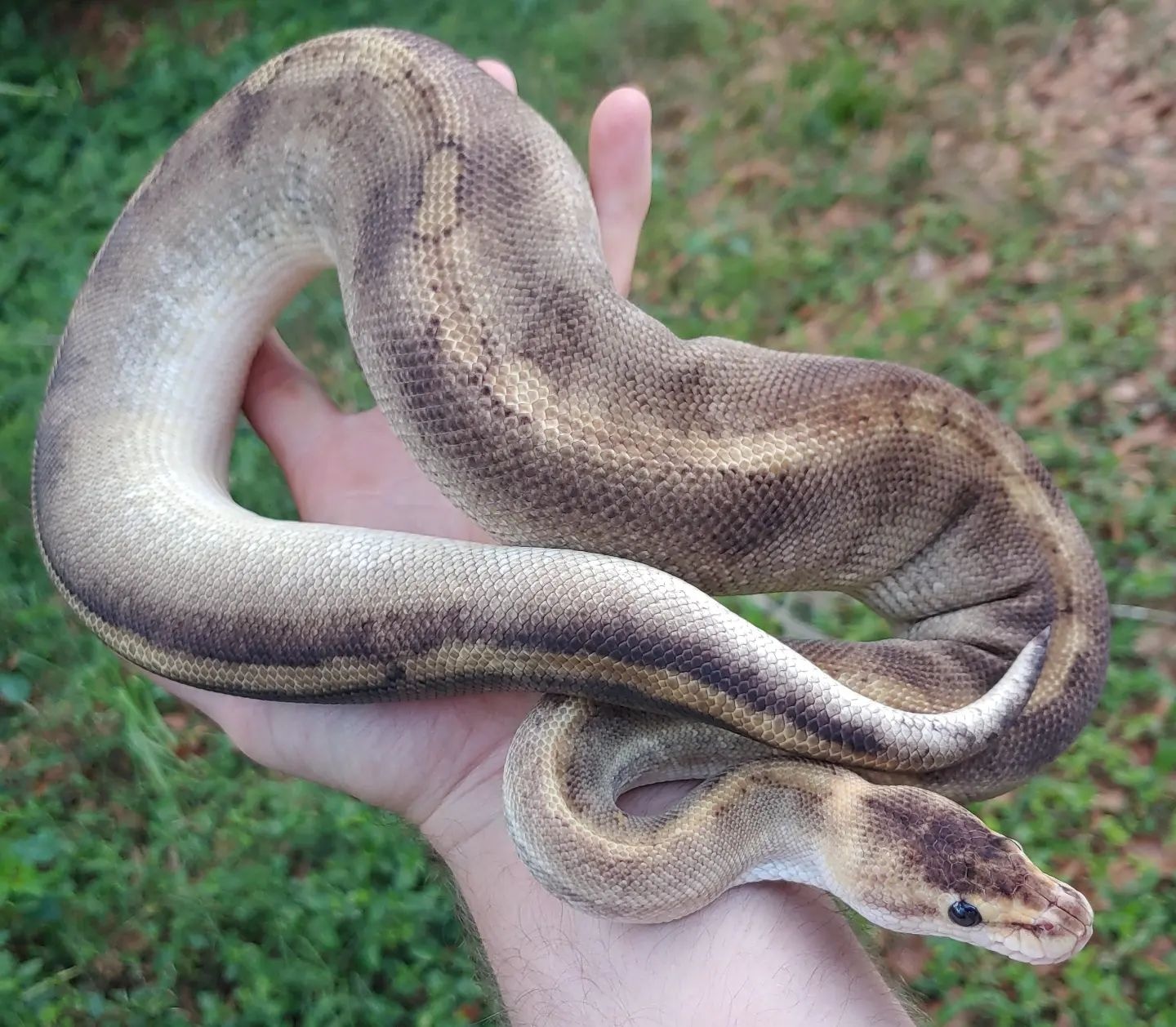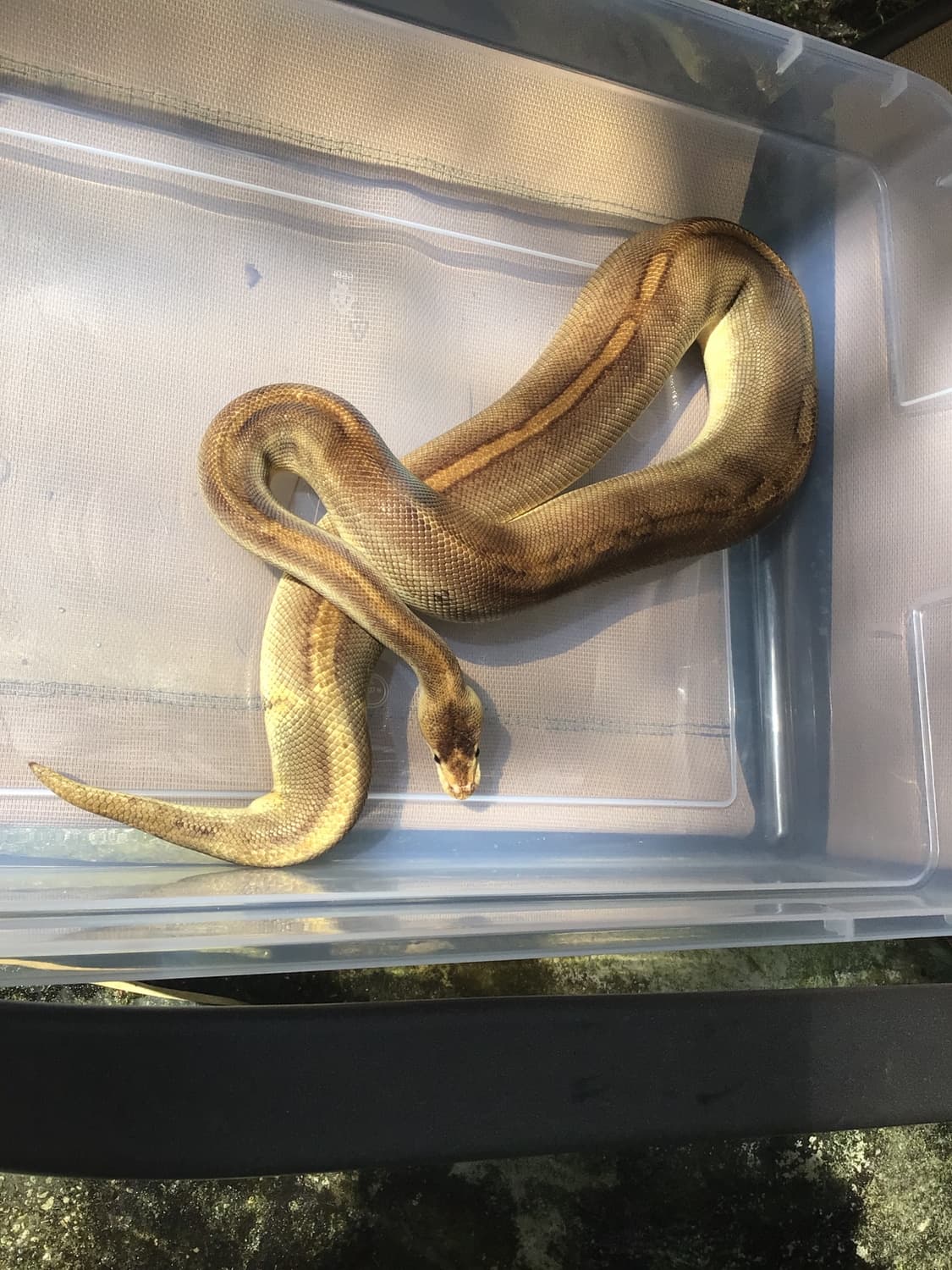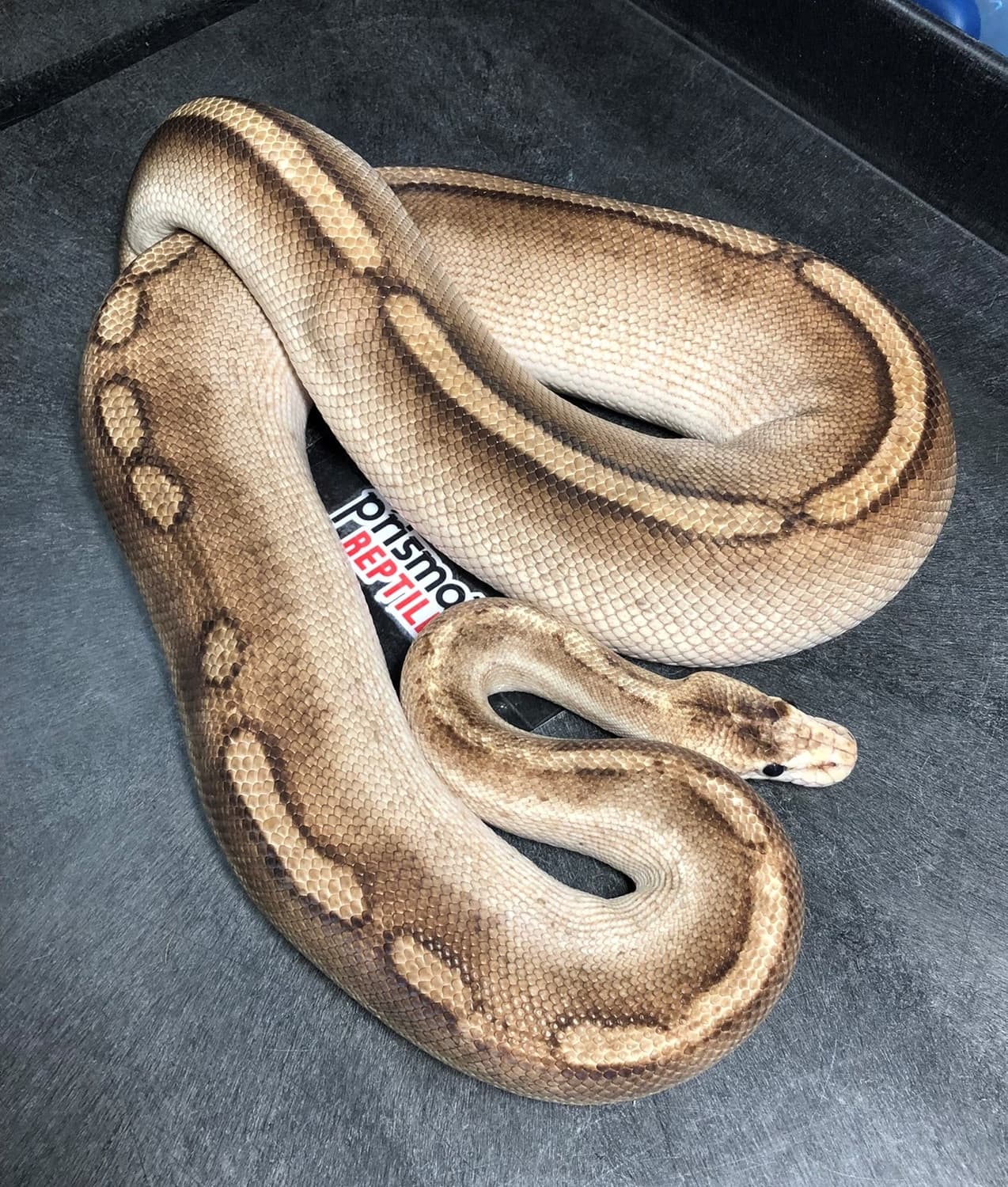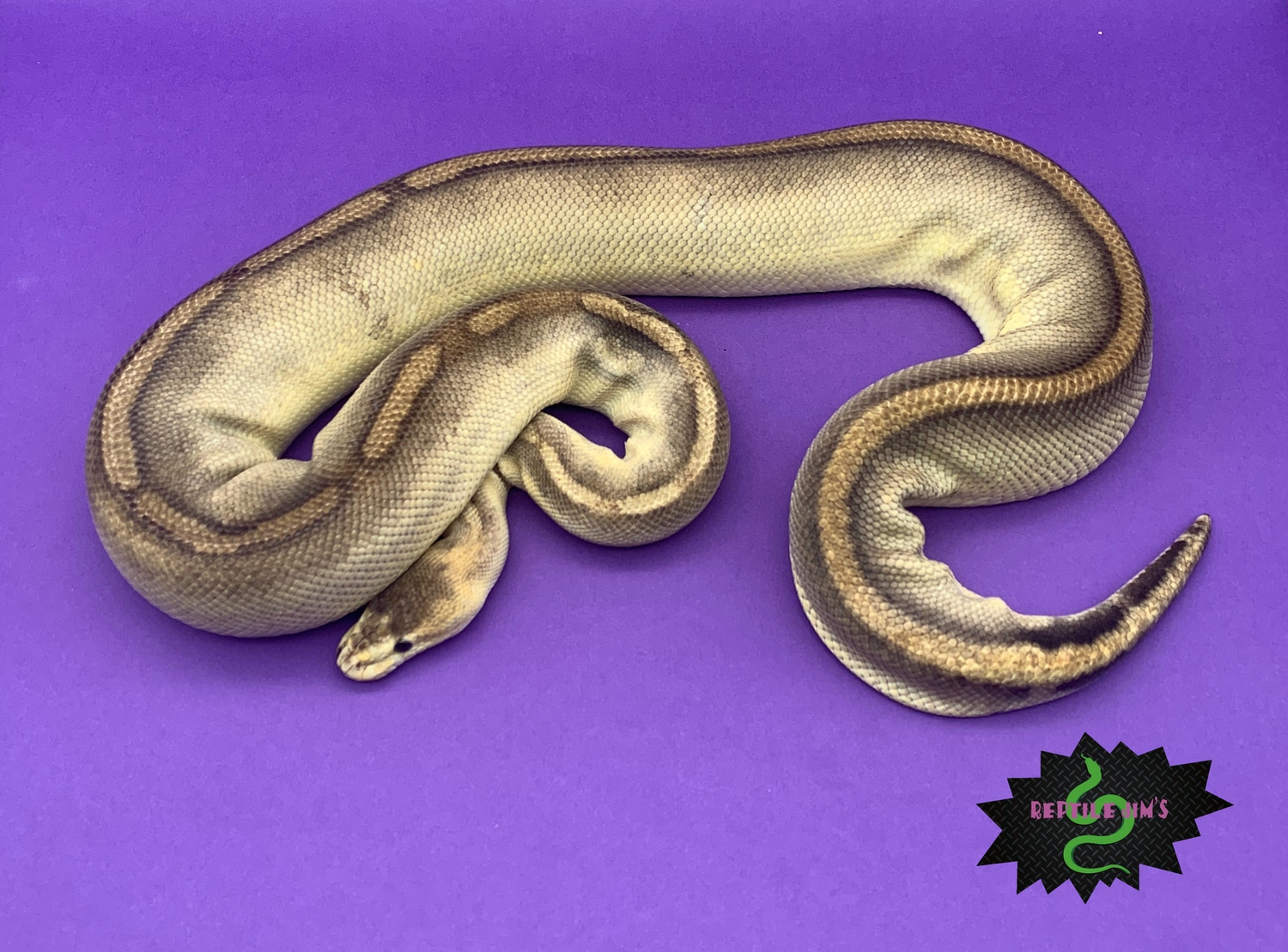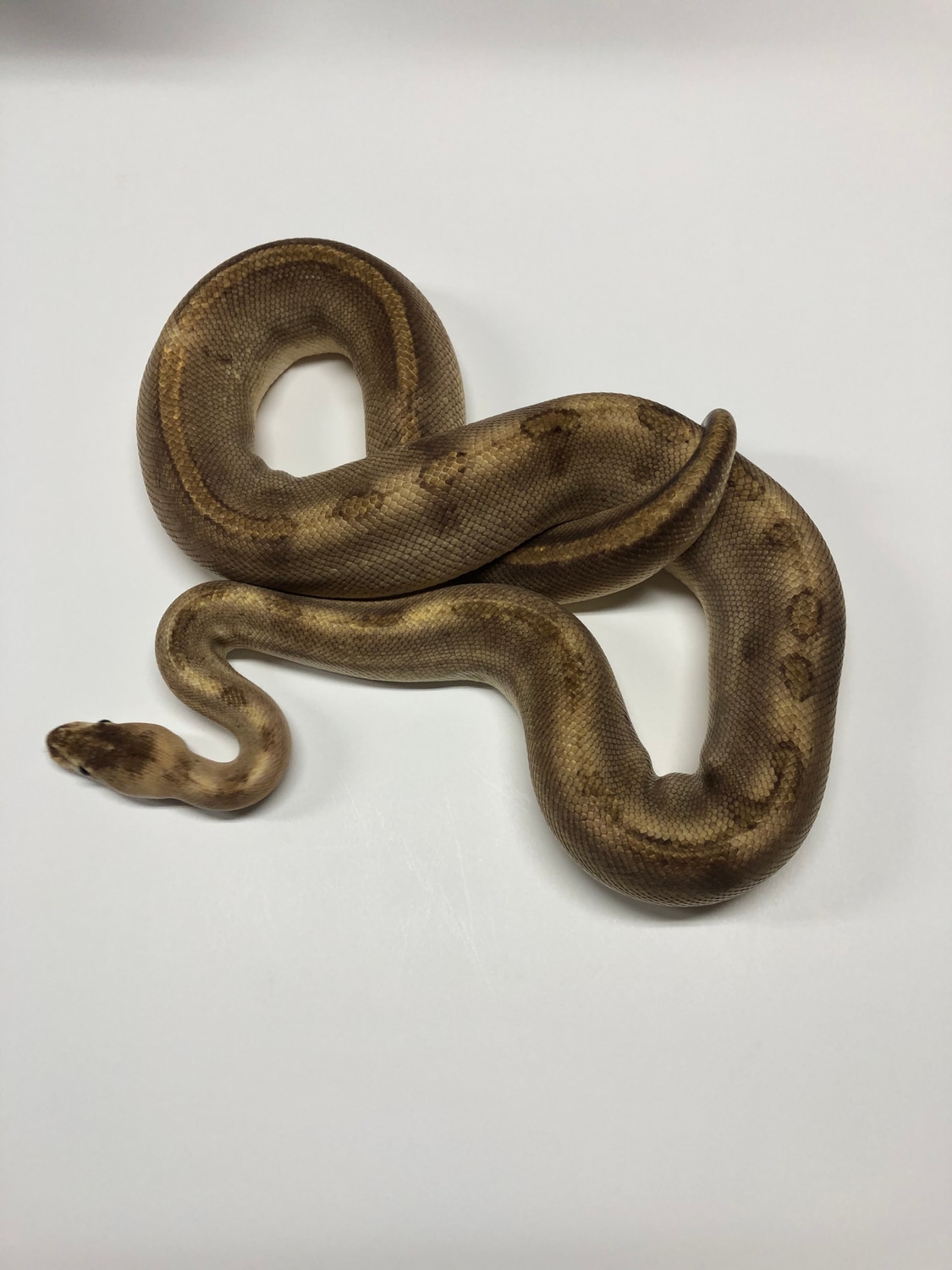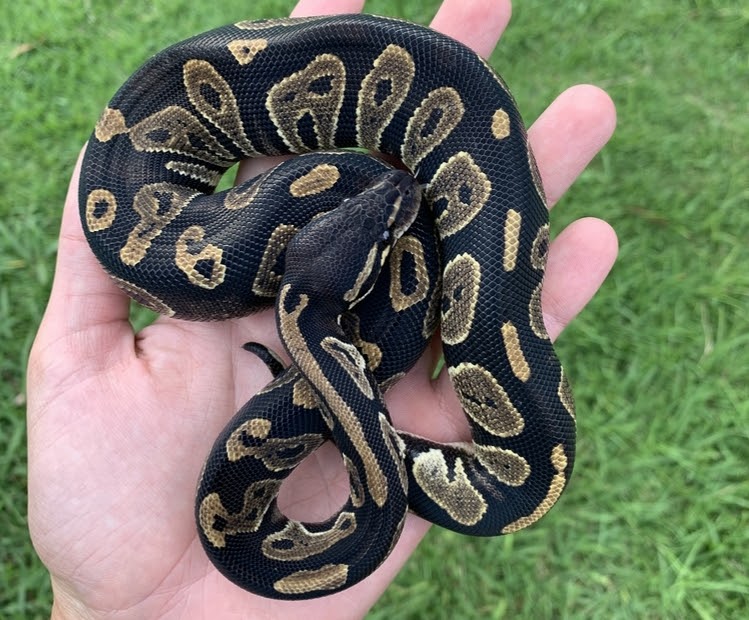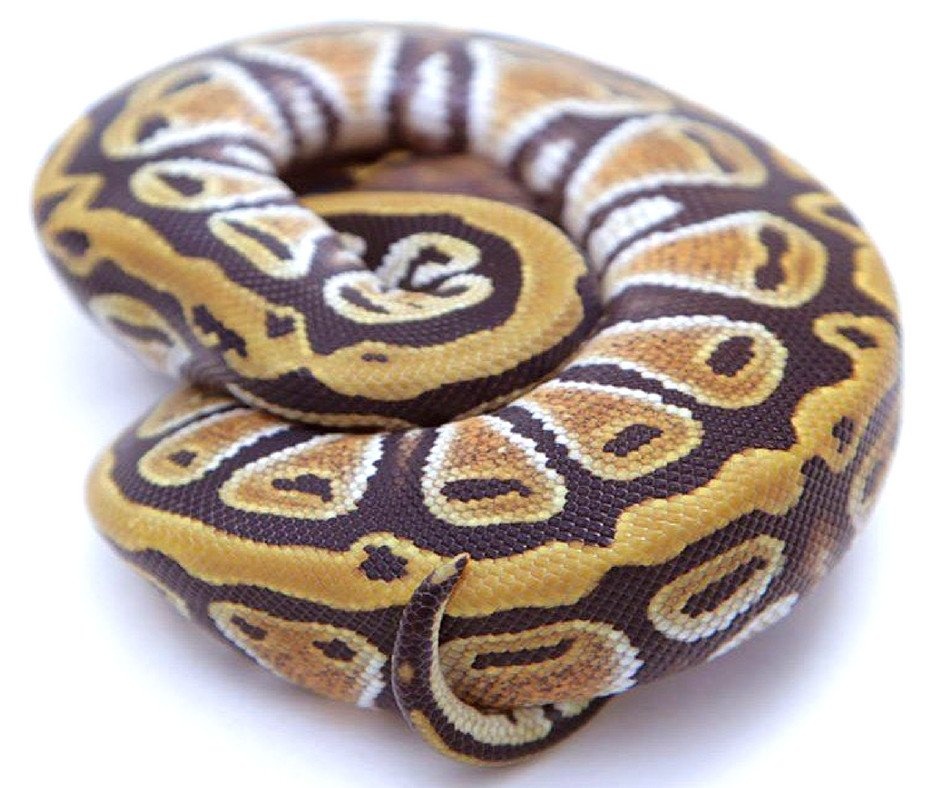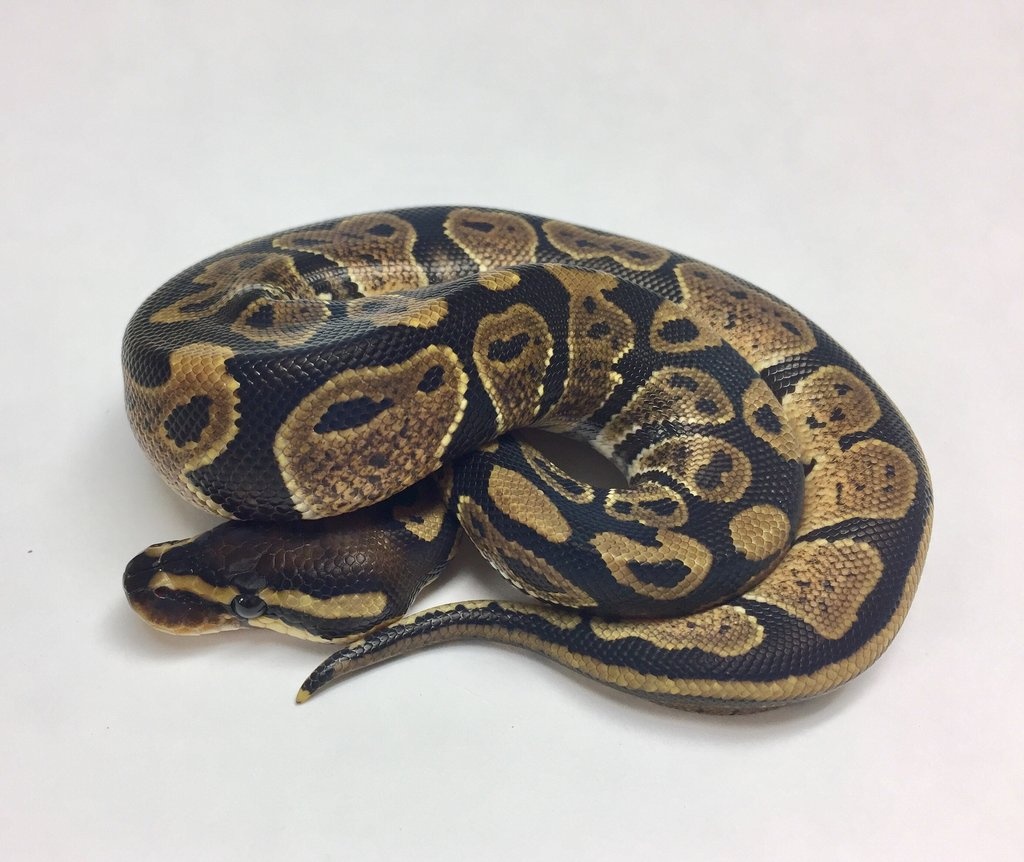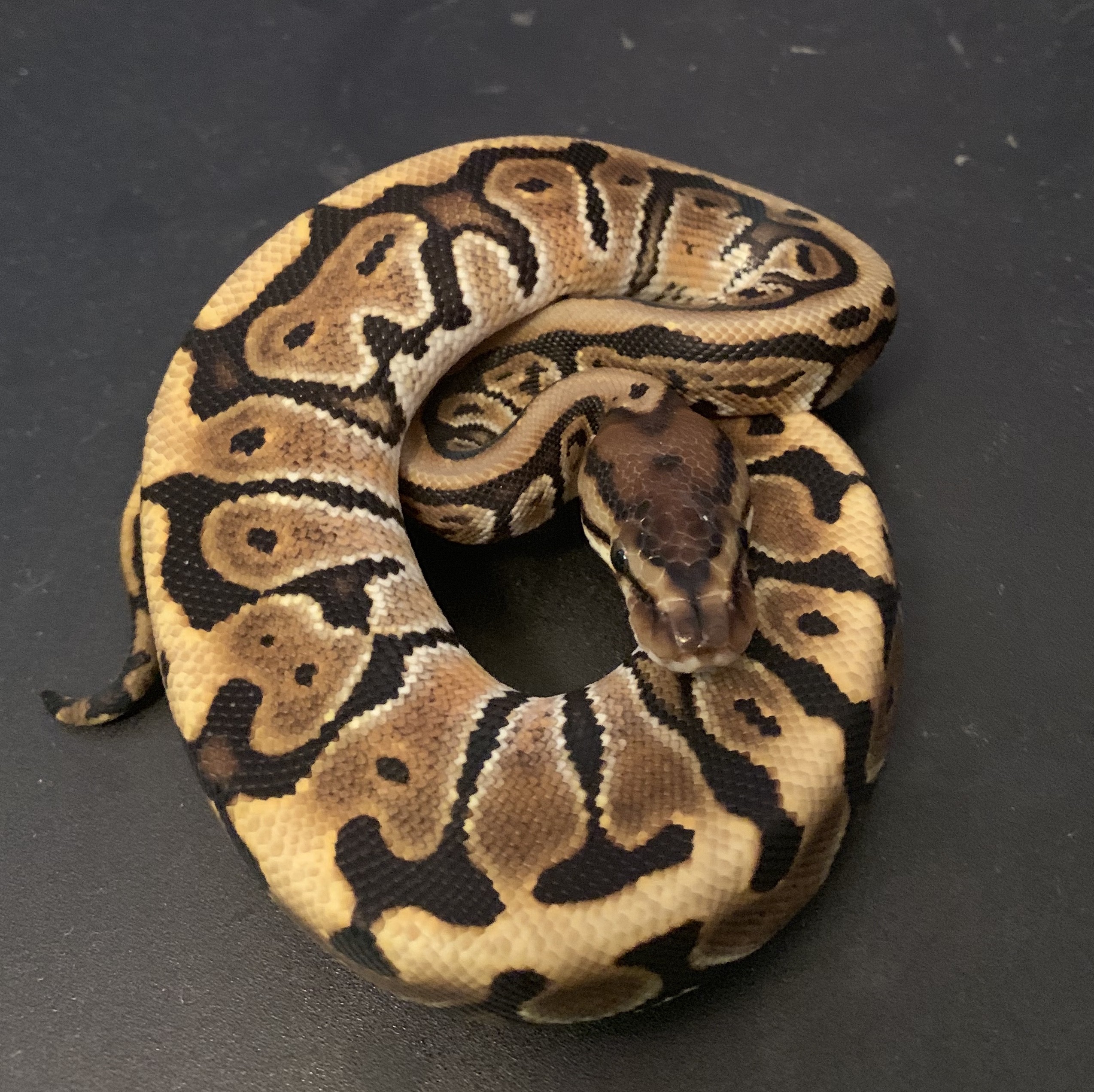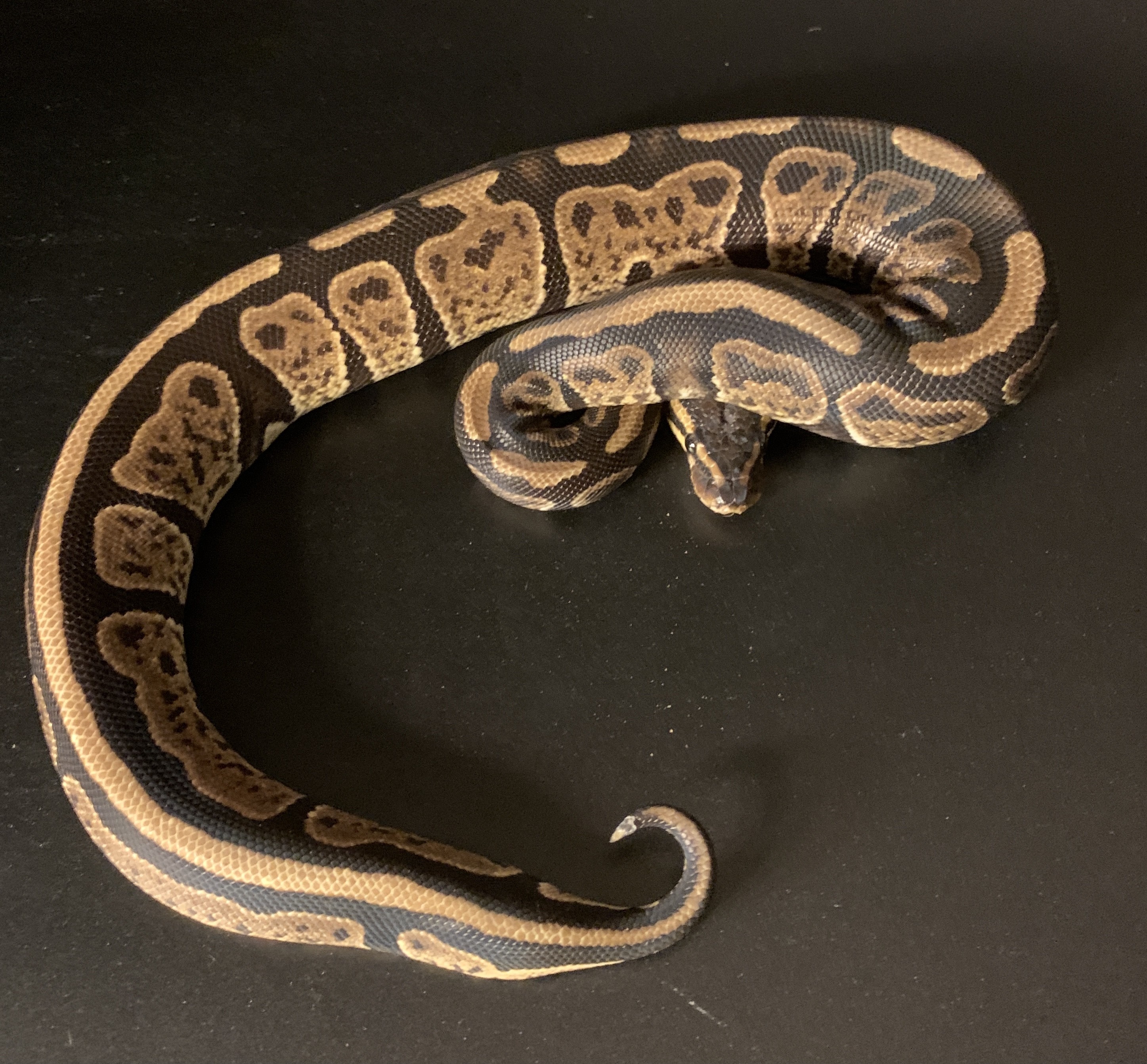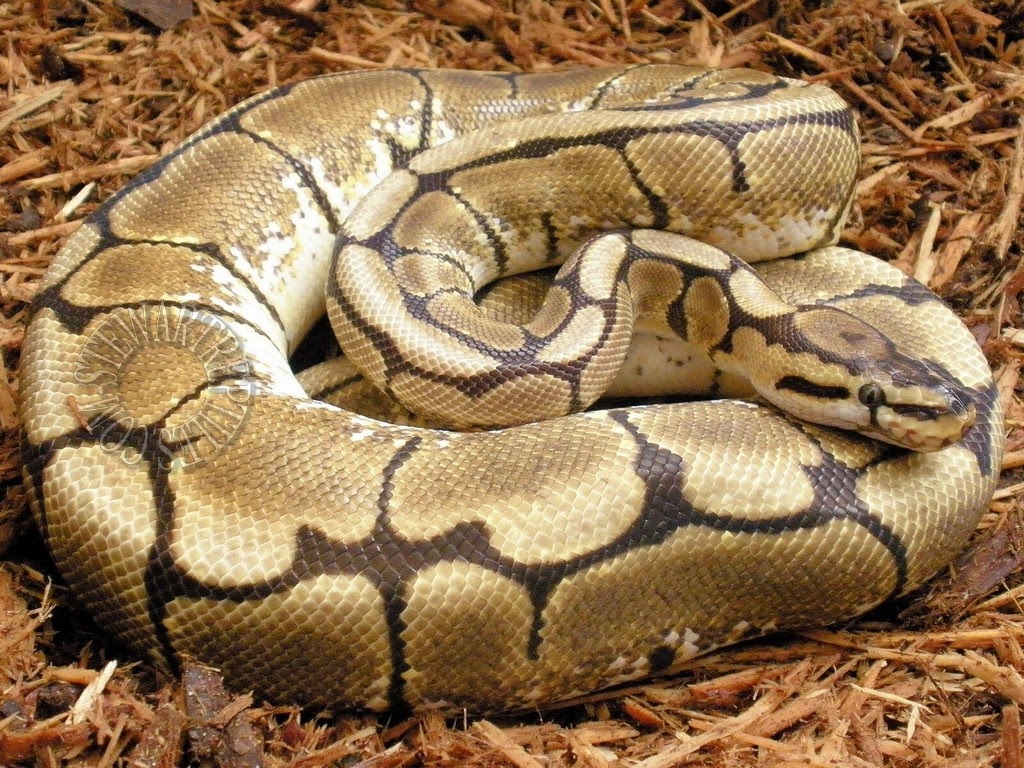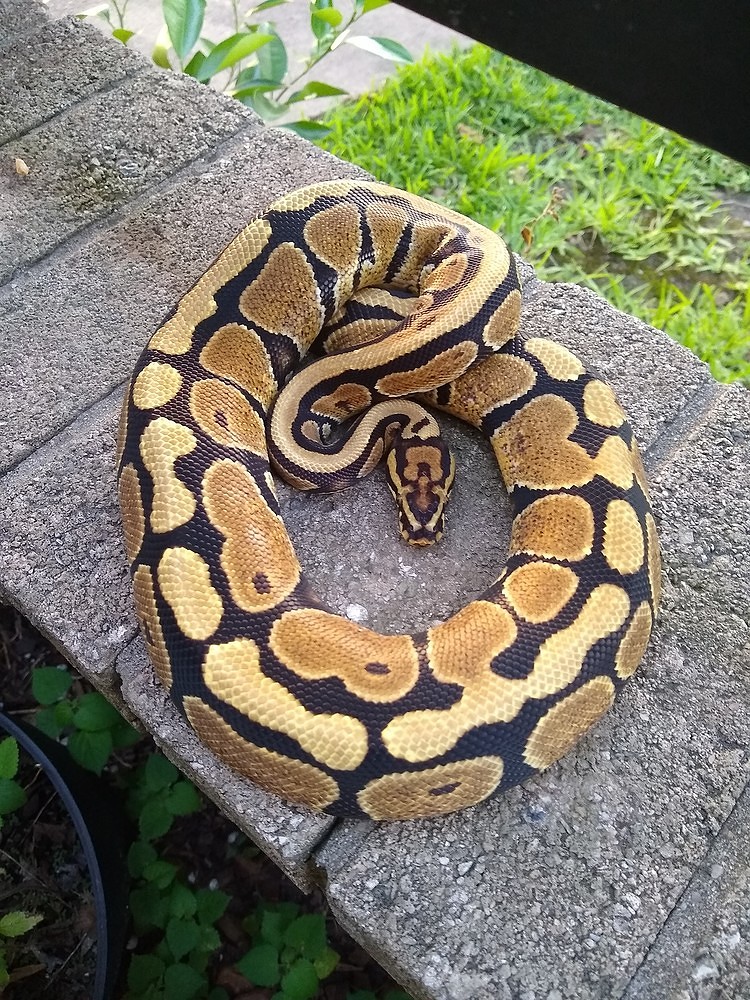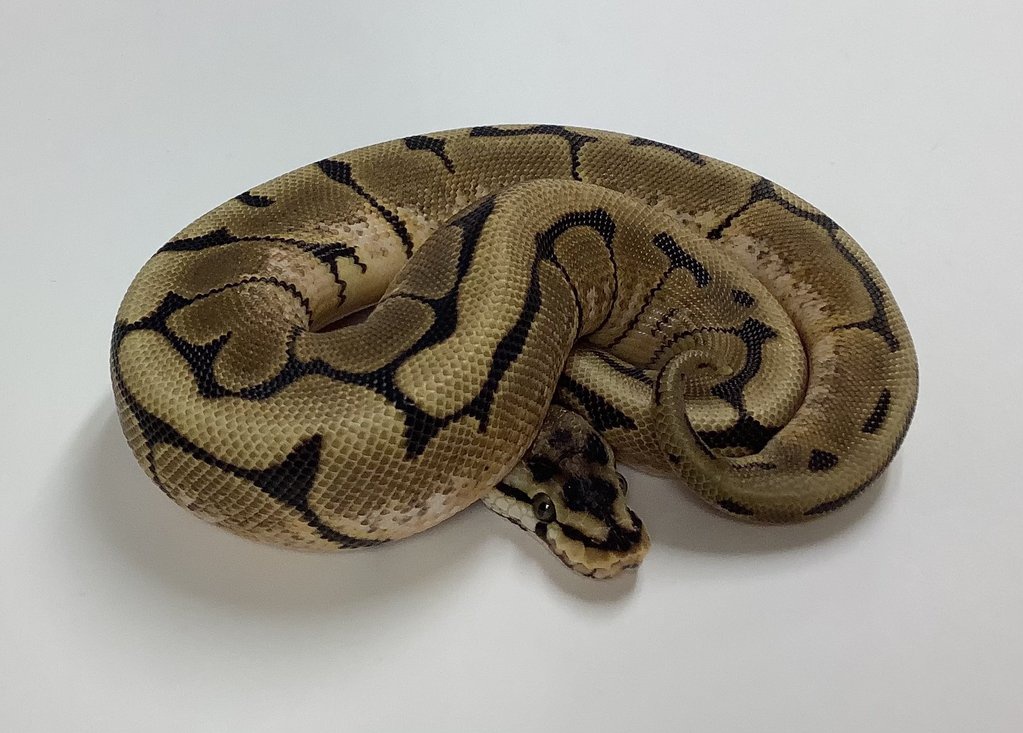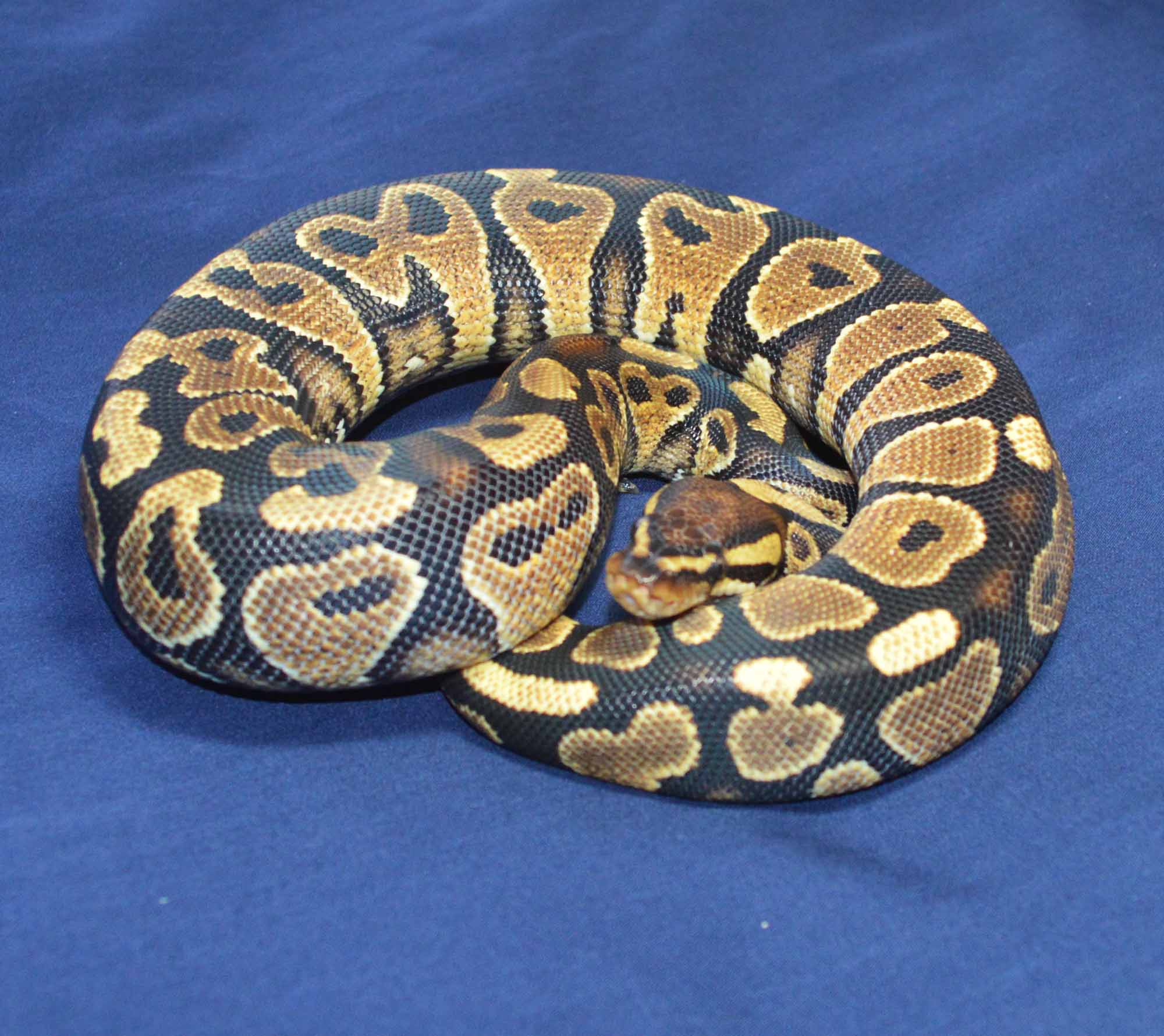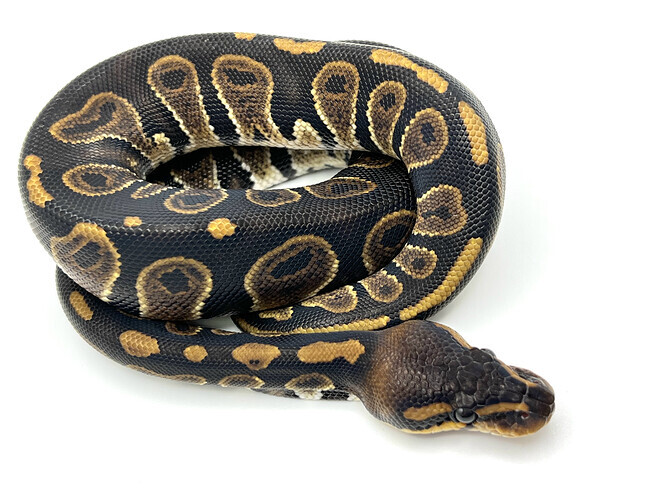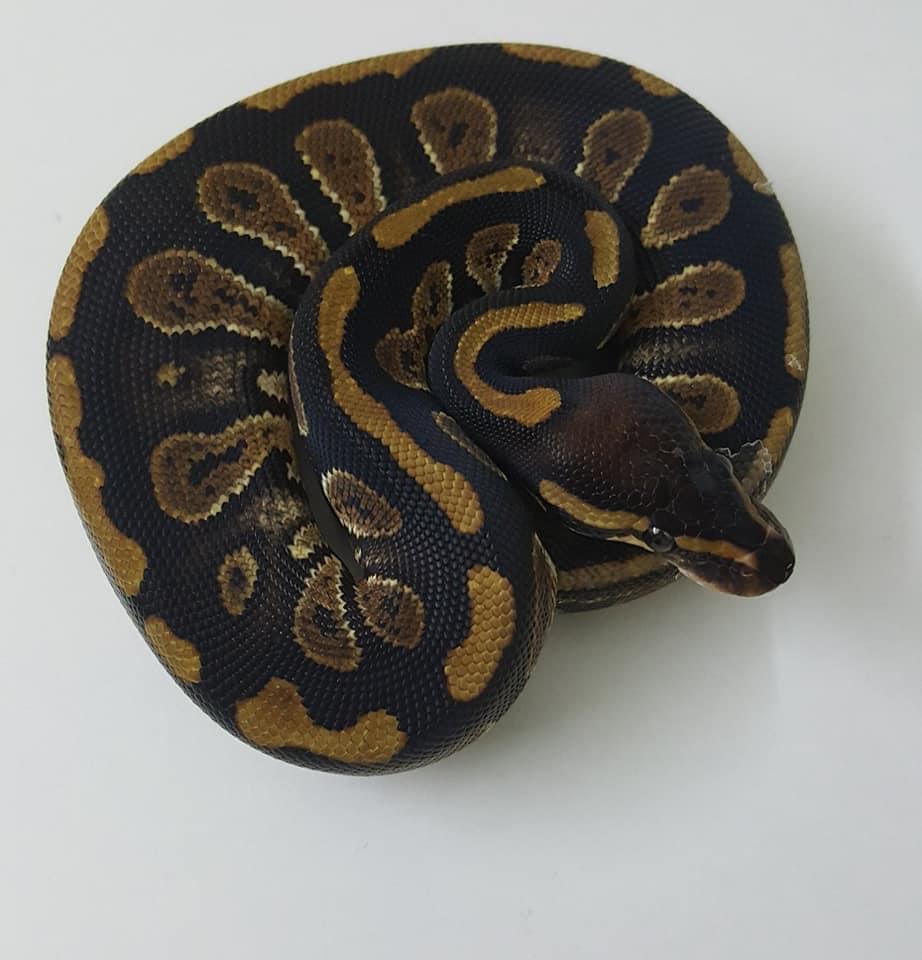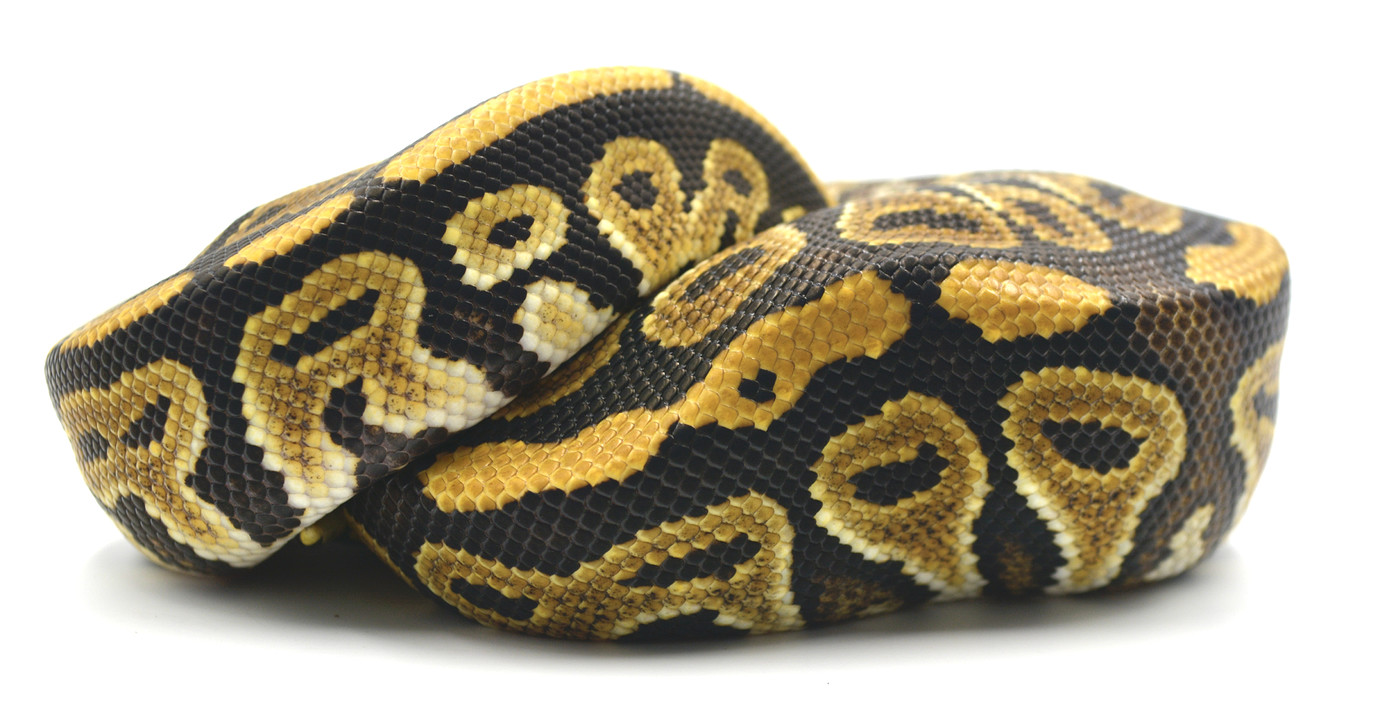Champagne
Type: Incomplete Dominant
First Produced By: EB Noah
Complex: Spider Complex
Aliases: Champ
Issues: Light to Severe Wobble, Lethal Super
First Produced In: 2005 [1]
Availability: Common
Last Updated: 2023-06-21
Do you have any suggestions or corrections for this article?
Click here to contribute feedback
About
The Champagne Ball Python is a colour and pattern altering mutation that can be easily told apart from a Normal Ball Python by the extreme washed away pattern and dark browns and golds that cover the entire animal.
Issues
Wobble
The Champagne Ball Python (and other morphs) has a genetic disorder referred to in the hobby as a “wobble”. “Wobbles” can range from almost unnoticeable to worryingly severe on an individual basis and is one of the most highly debated and controversial topics in the reptile world, with many experienced breeders and keepers on both sides of the debate. While all Champagne Ball Pythons “wobble” to a degree, extreme cases are rare and most will live a normal life. “Wobbles” are often more noticeable during feeding and agitation and can be affected by stress and husbandry.
- Champagne Sable are difficult to hatch and display a severe wobble.
- Champagne Hidden Gene Woma display a severe wobble.
- Champagne Spotnose display a severe wobble.
- Champagne Spider is Lethal.
Super Champagne
Lethal
History
No history yet.
Appearance
Head
The head of a Champagne Ball Python is usually topped with a dark crown with a slight stamp near the neck. Around the crown, bright blushing can be displayed, most commonly around the nostrils and the rear of the head.
Body
The body of the Champagne Ball Python is usually dominated by its misshapen dorsal stripe, with slight, heavily faded markings of ring-shaped “alien heads” between. Dorsal stripes are usually a brighter shade than that of the alien heads. The body’s colour can range from dark browns to light syrup-like golds.
Belly
The belly of a Champagne Ball Python is usually bright white and free of markings and pattern, giving it a high contrast compared to its body.
Tail
The tail of the Champagne Ball Python is usually dominated by a bright dorsal stripe.
Other
Ringers
Champagne Ball Pythons sometimes show visual ‘paradoxes’ such as unusually placed markings or blotches of discolored scales. Champagne Ball Pythons seem to have offspring that show this trait more frequently than most other morphs in what is referred to as a ‘ringer’, where a ring or patch of scales is different to what it should be, considering our current understanding of their biology.
Proven Lines
No known proven lines.
Related Traits
Combos
- Black Pewterpagne (Black Pastel Champagne Pastel)
- Buttery Nipple (Butter Champagne Ghost)
- Gray Matter (Super Cinnamon Champagne)
- Grey Matter (Super Cinnamon Champagne)
- Mimosa (Champagne Ghost)
- Mojito (Champagne Mojave Ghost)
- Nuclear Champagne (Butter Champagne Fire)
- Perignon (Champagne Spotnose)
- Pewterpagne (Champagne Cinnamon Pastel)
- Saffron (Champagne Sable)
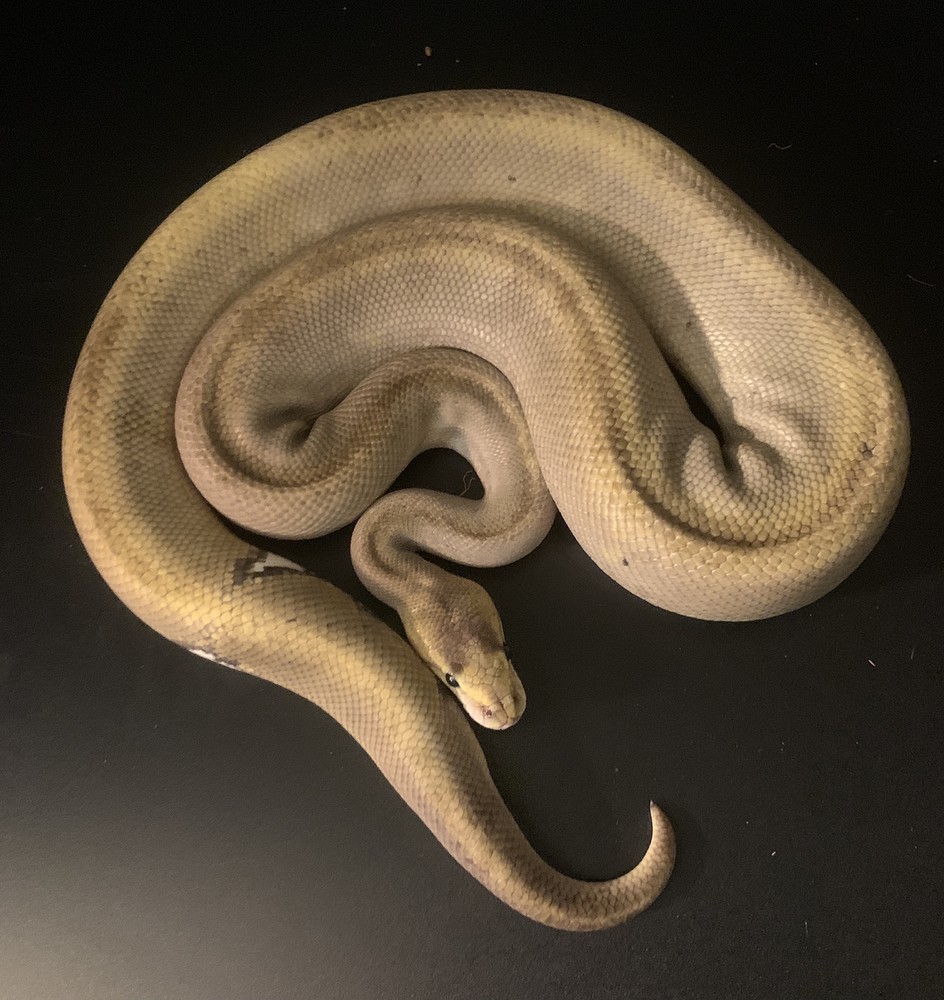
Black pastel champagne By Shaun Hacke at Dark Blizzard Exotics
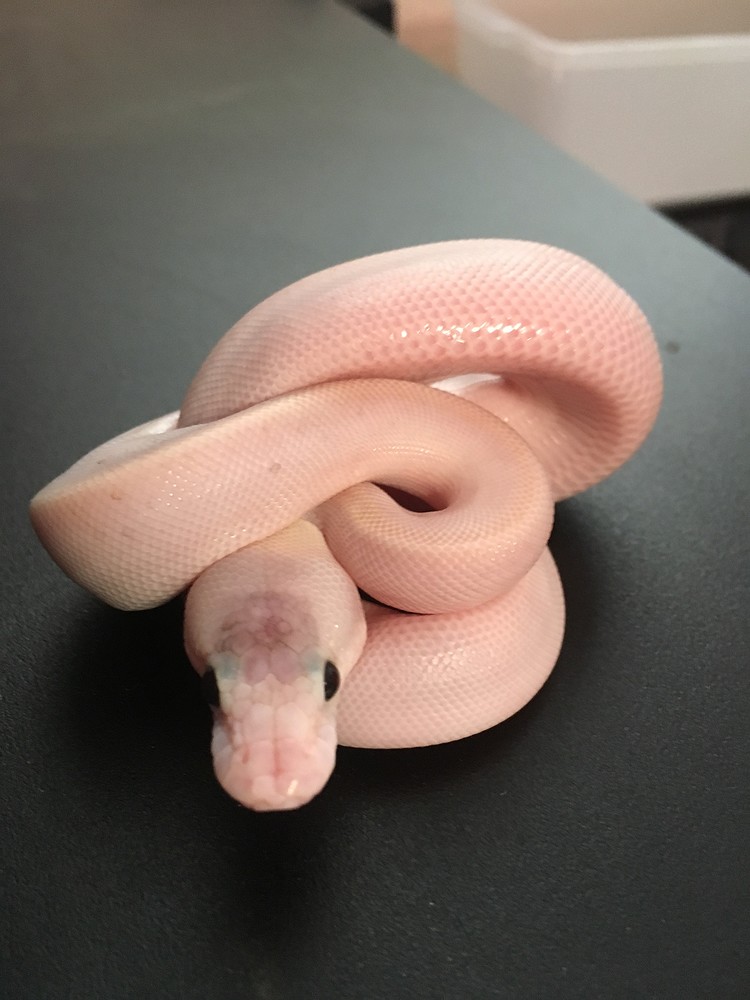
Pewter champagne By Shaun Hacke at Dark Blizzard Exotics
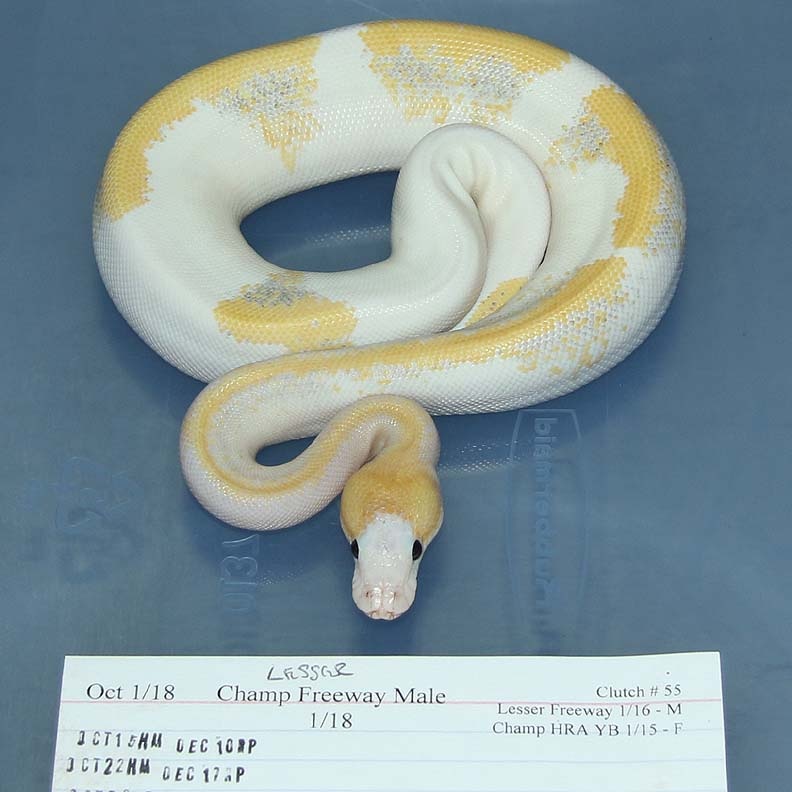
Lesser Champagne Freeway Ball Python by Corey Woods Reptile
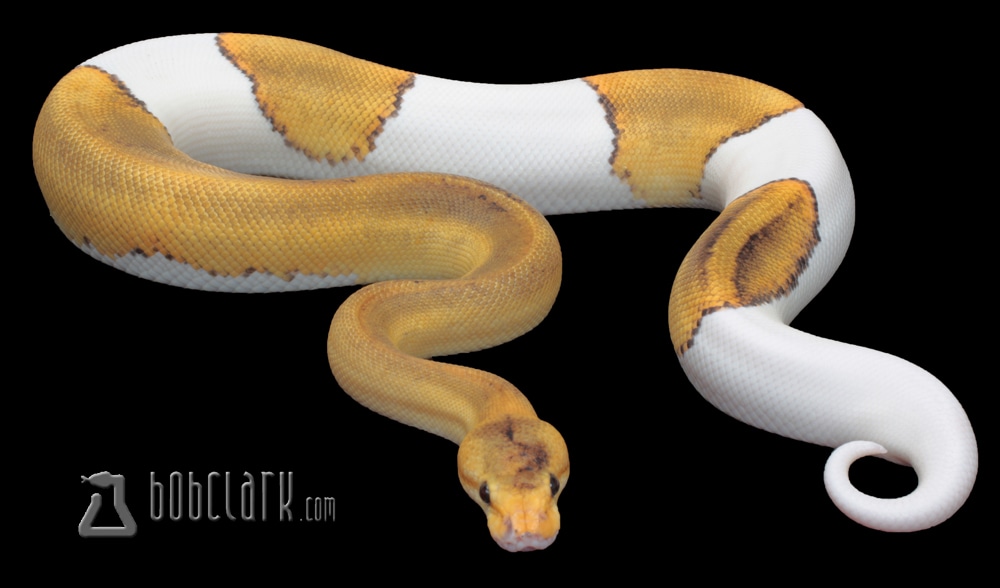
Champagne Pied Ball Python by Bob Clark Reptiles
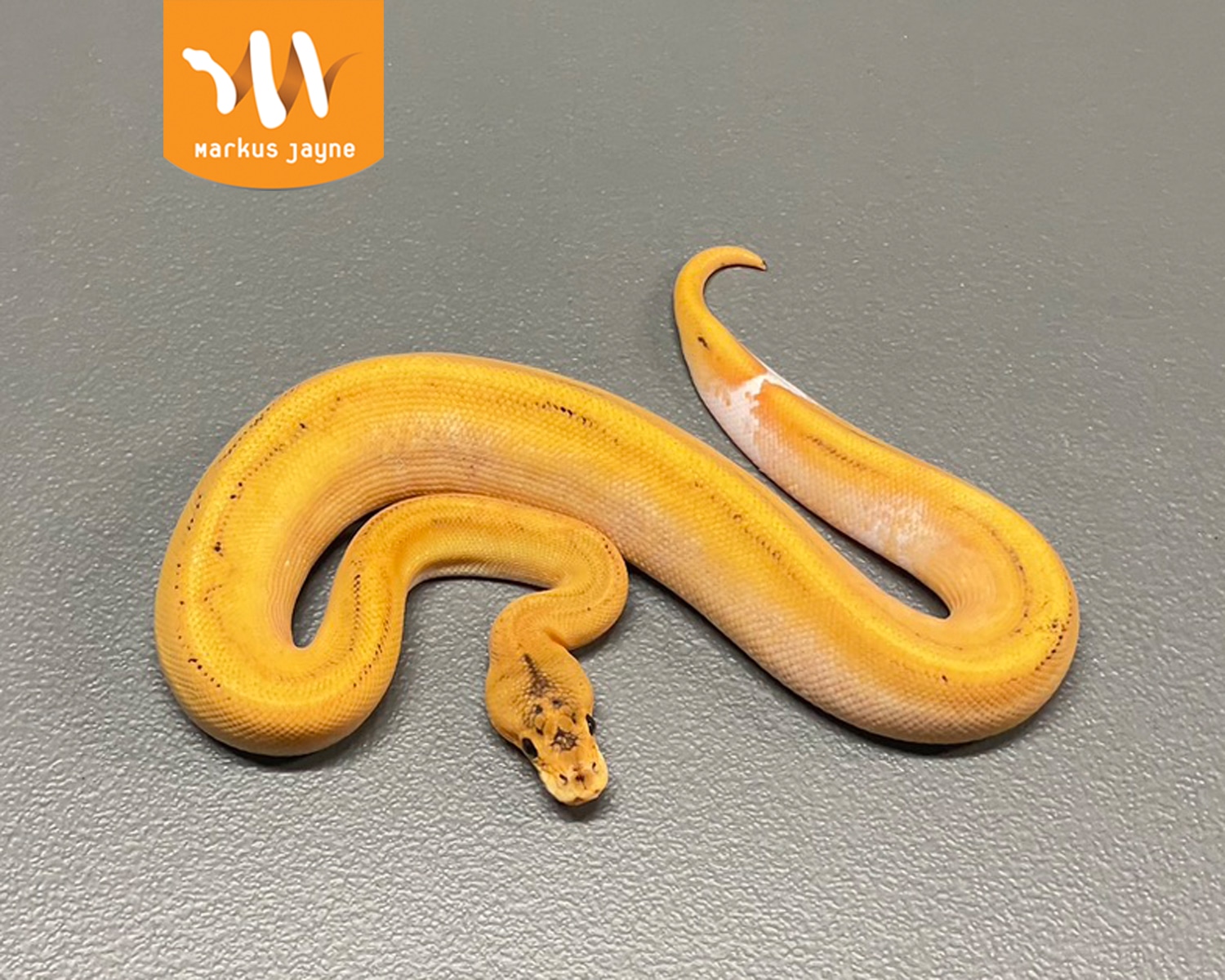
Super Orange Dream Calico Champagne Fire Ball Python by Markus Jayne Ball Pythons1
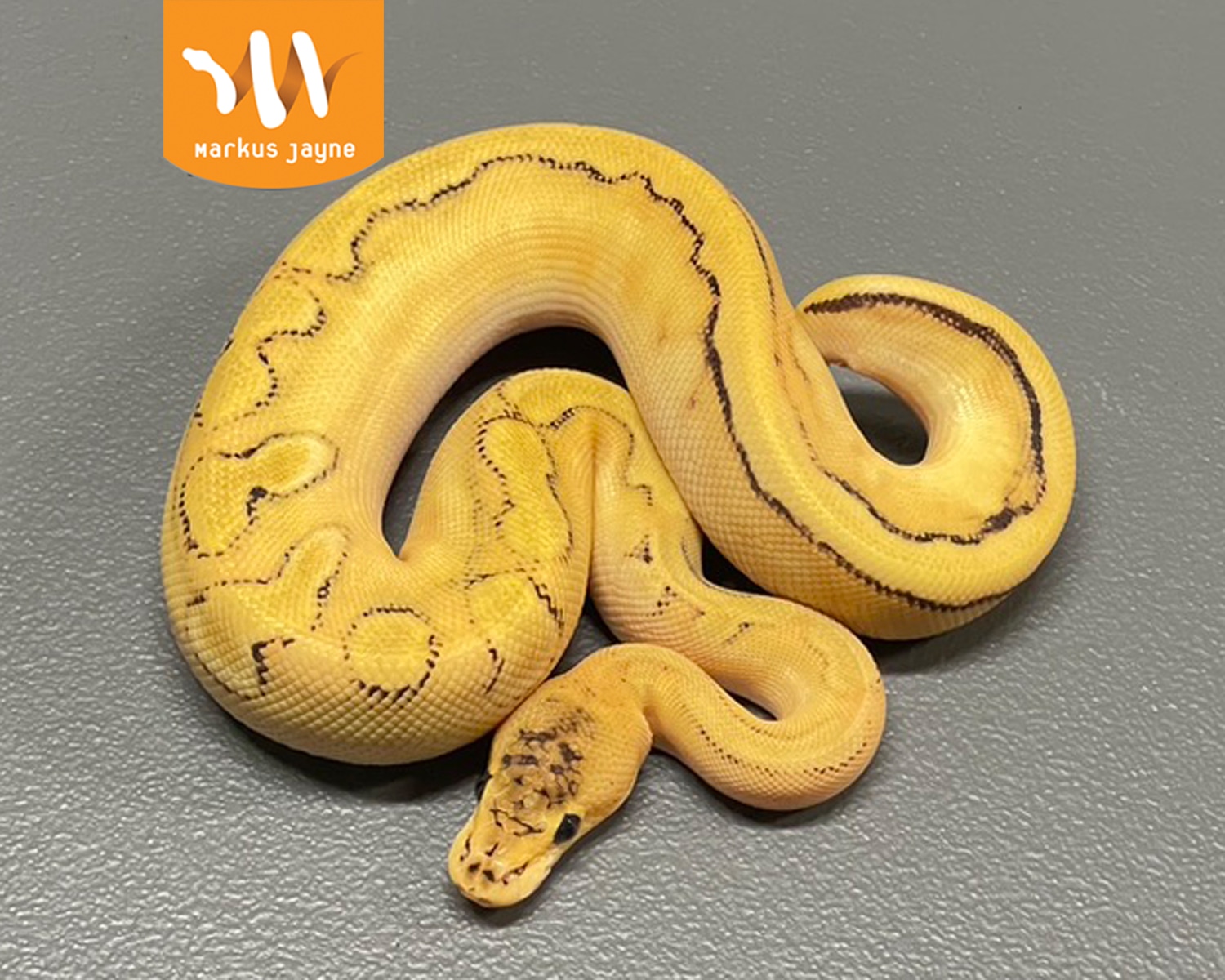
Super Orange Dream Champagne Fire Ball Python by Markus Jayne Ball Pythons
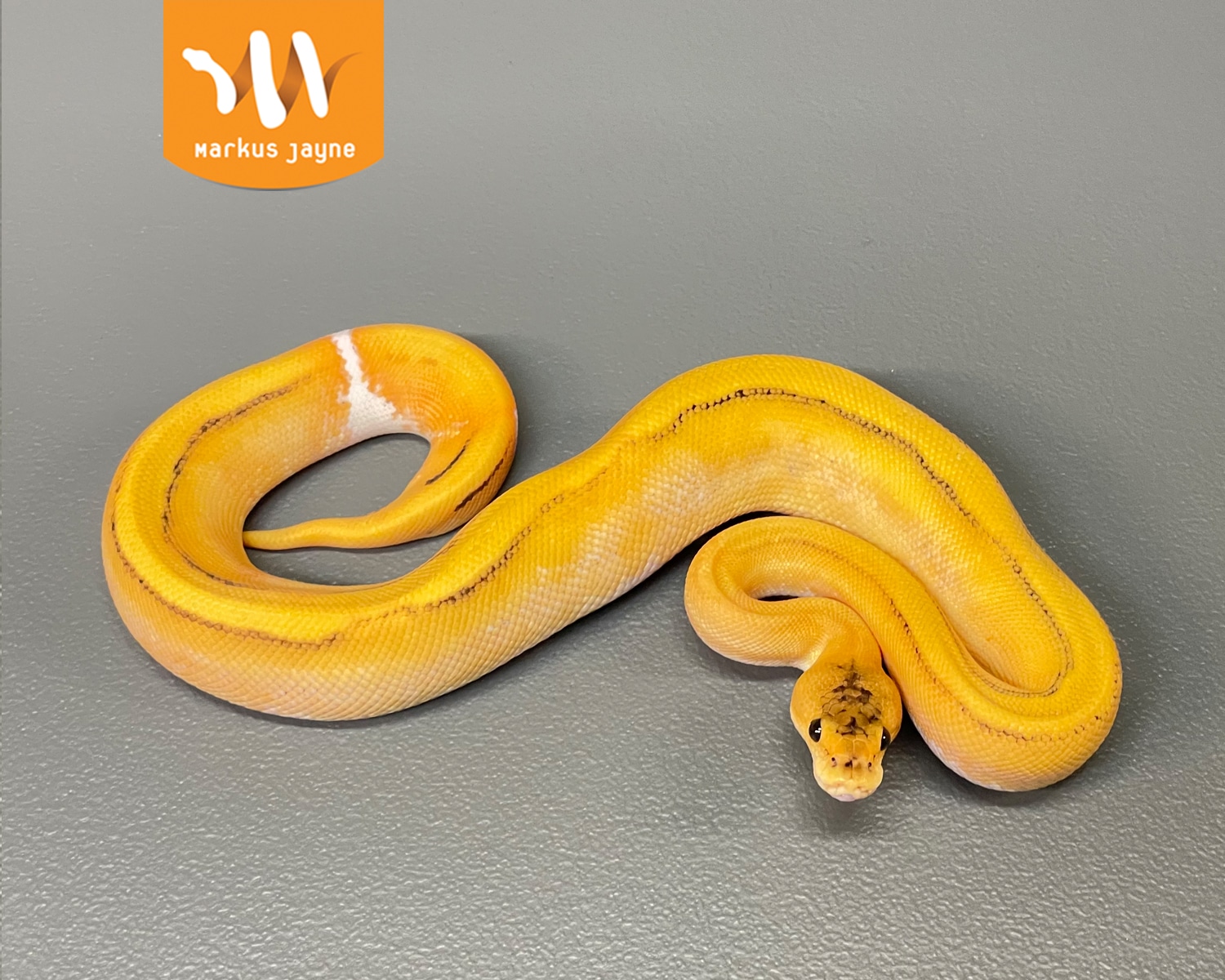
Super Orange Dream Calico Champagne Fire Ball Python by Markus Jayne Ball Pythons
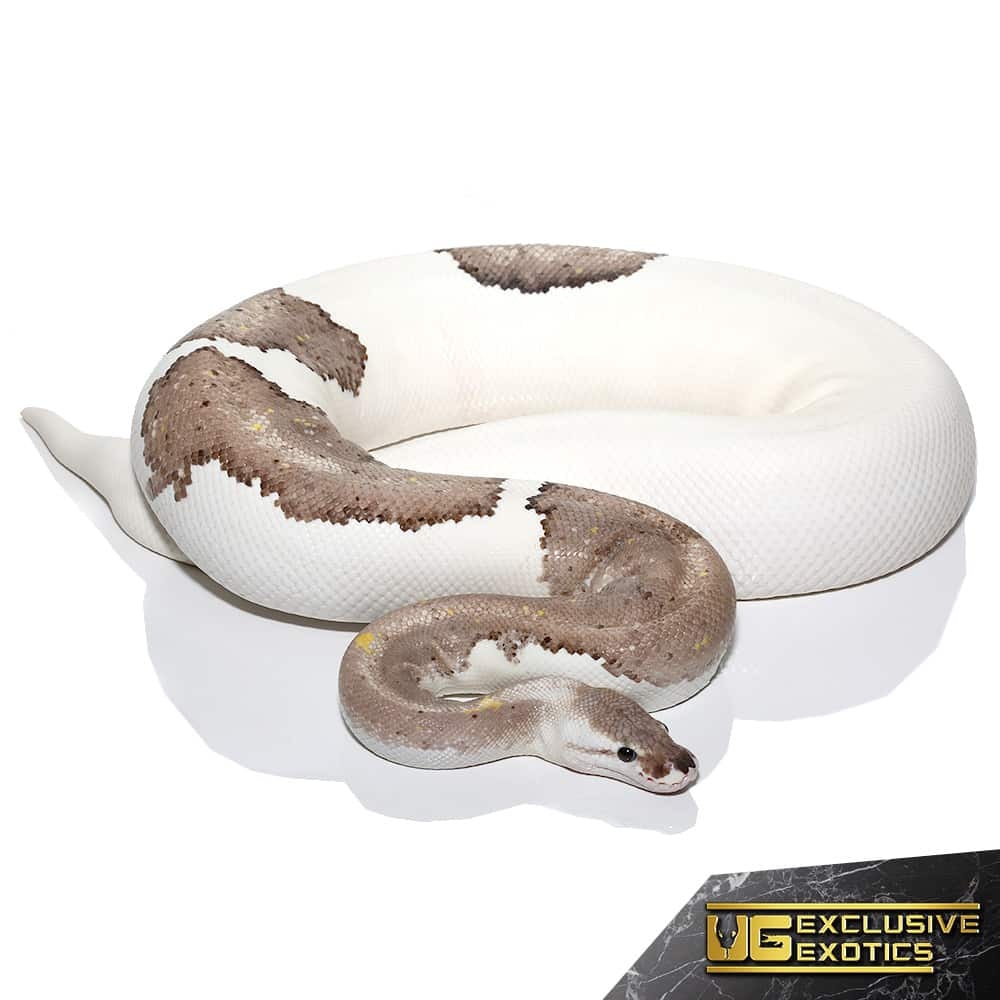
20200922183525.529-ee_2017_gray_matter_-1500x1500s
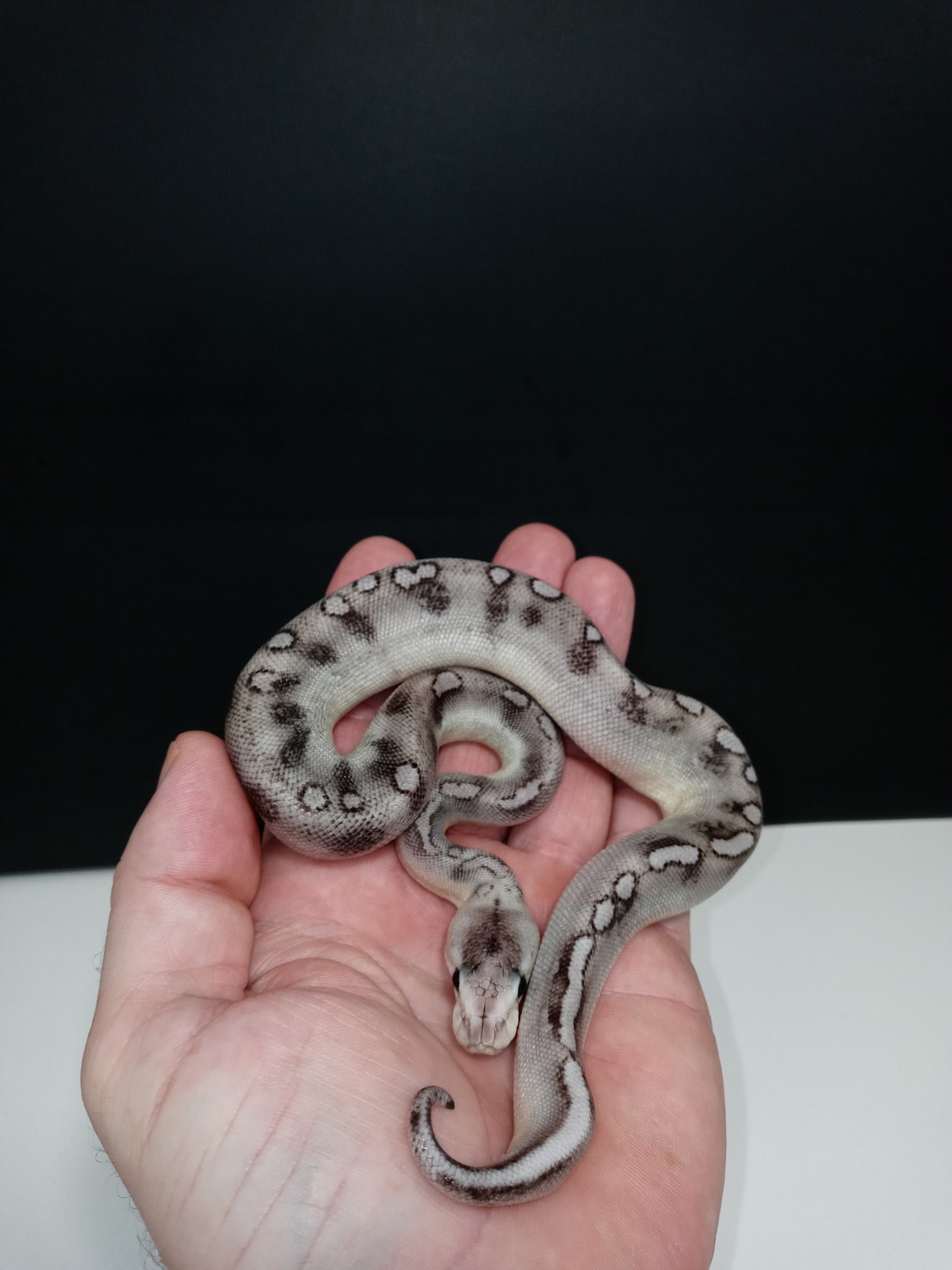
Vpi Axanthic Champagne Het Clown Het Albino Ball Python by J&Ks VPI axanthics
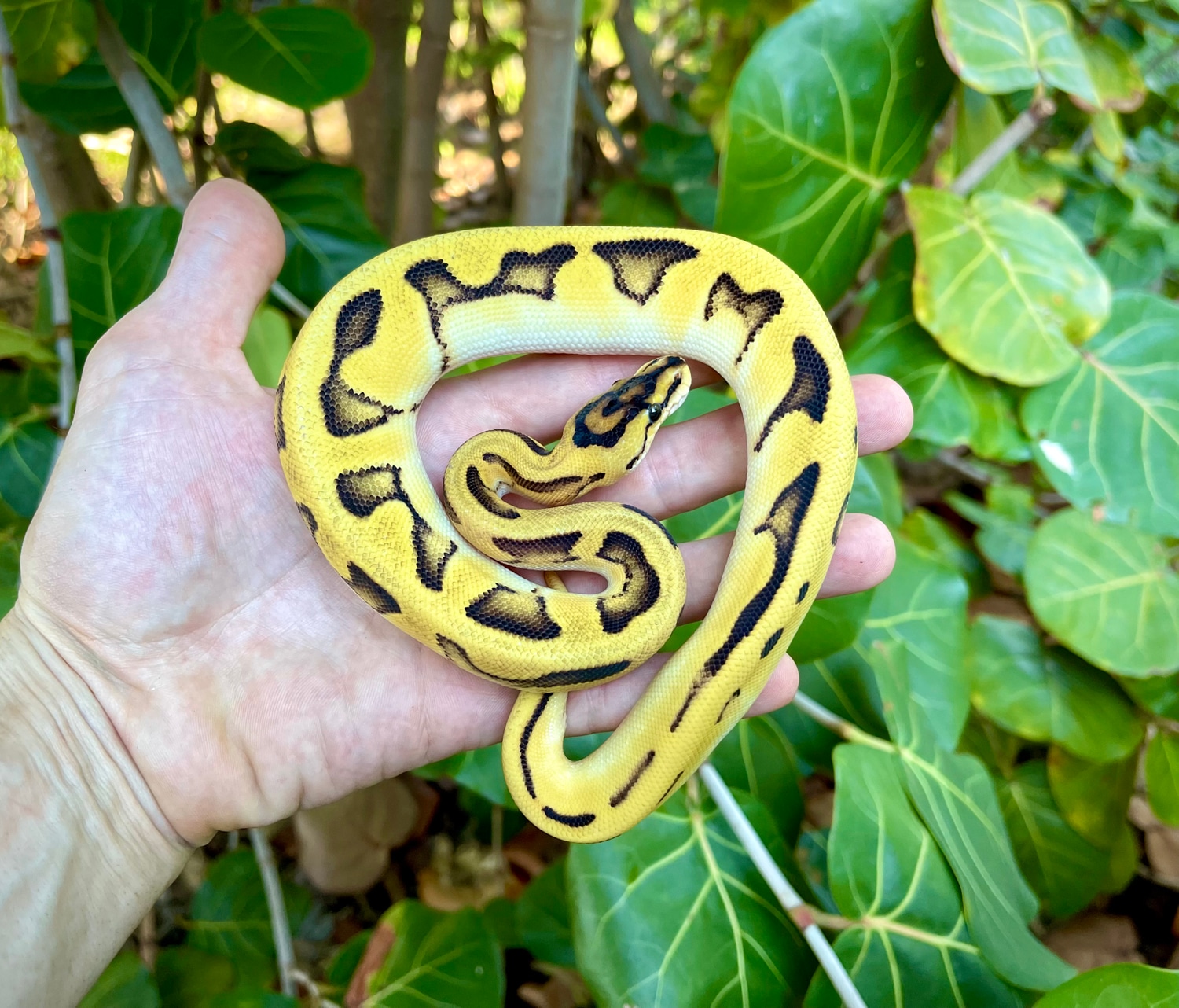
Super OD Leopard Enchi Champagne Ball Python by Adam Chesla Reptiles
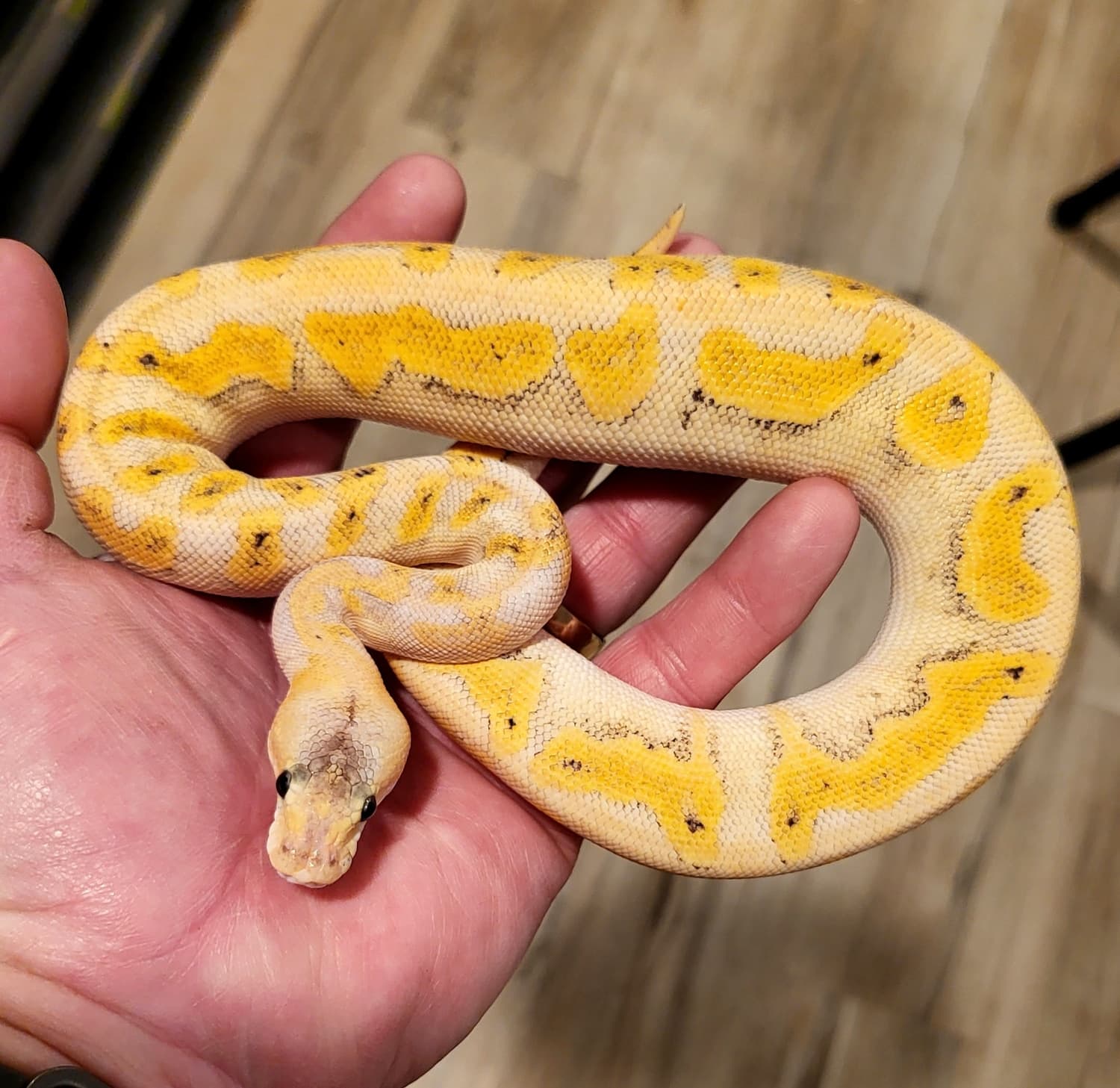
Champagne Leopard Pastel Clown Poss Spotnose Ball Python by Joe Rasmussen Reptiles
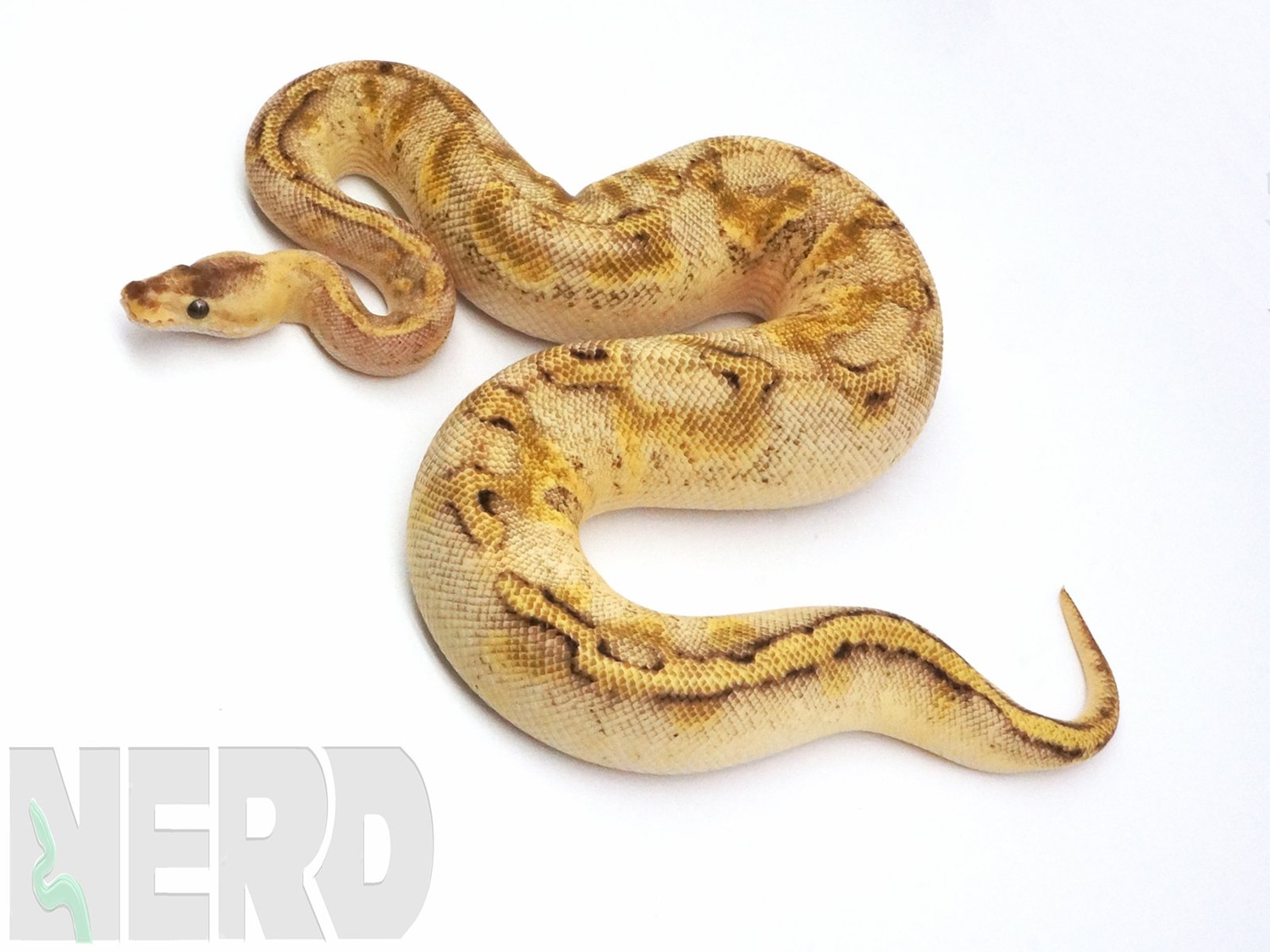
Pastel Champagne Odium Plus Ball Python by New England Reptile Distributors
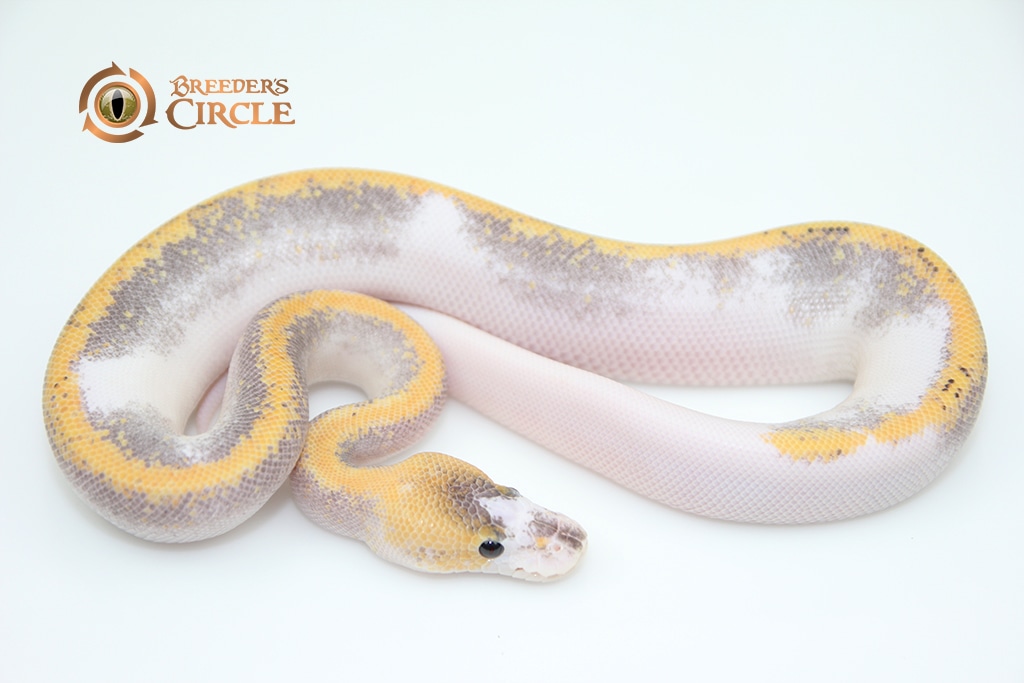
Bamboo Champagne Freeway Poss Black Pastel M20323 Ball Python by Breeder's Circle
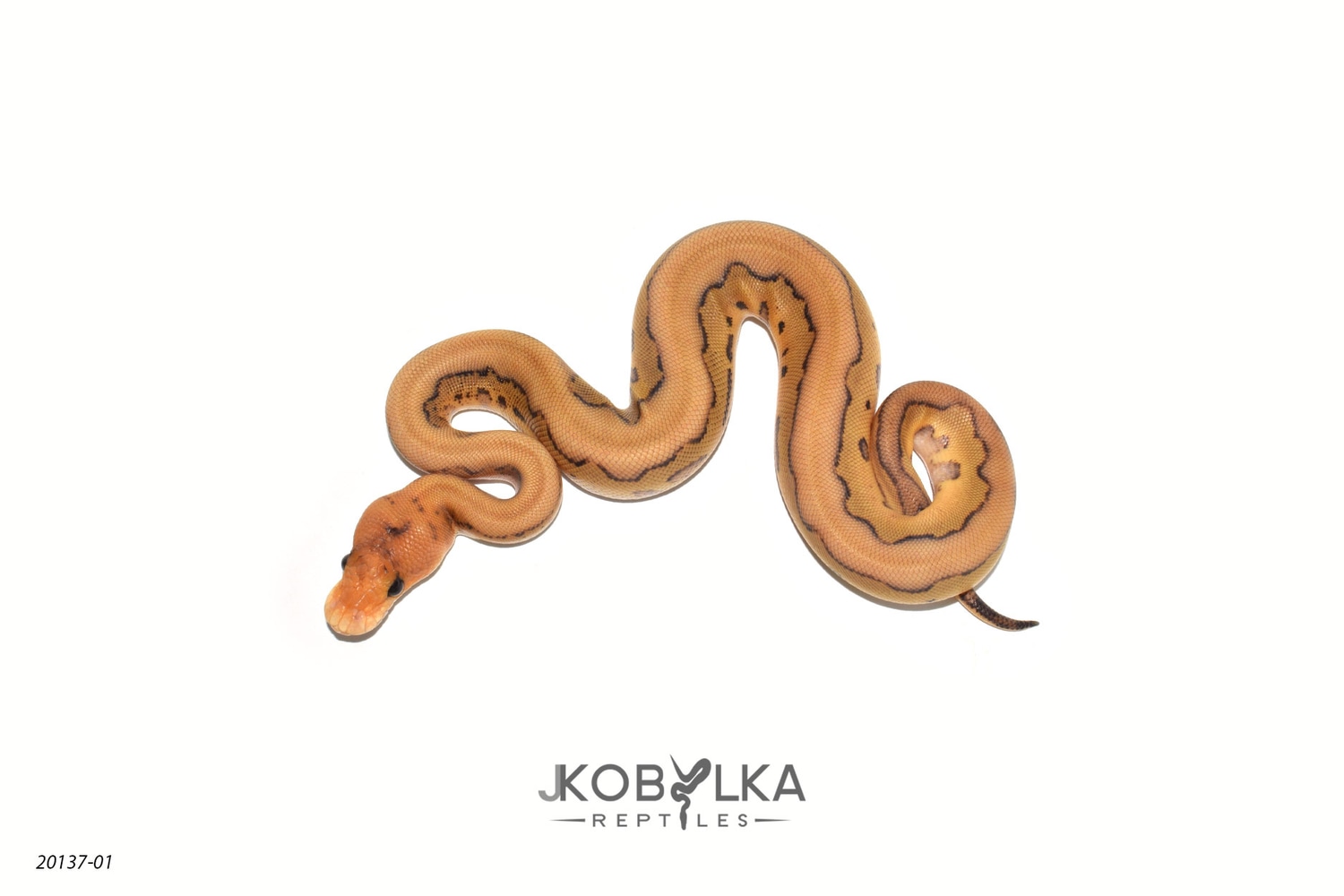
Enchi Redstripe Champagne Clown Ball Python by KINOVA
